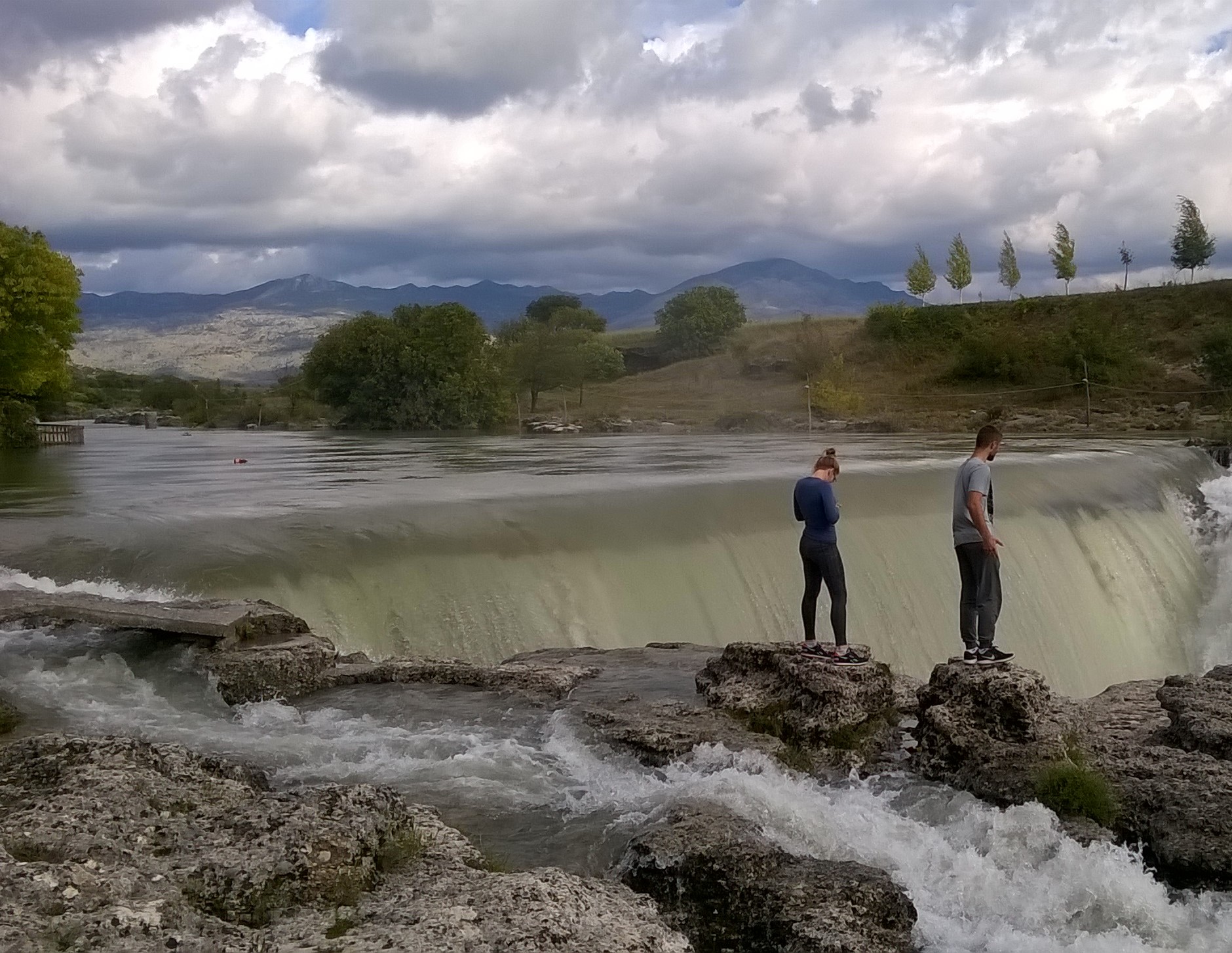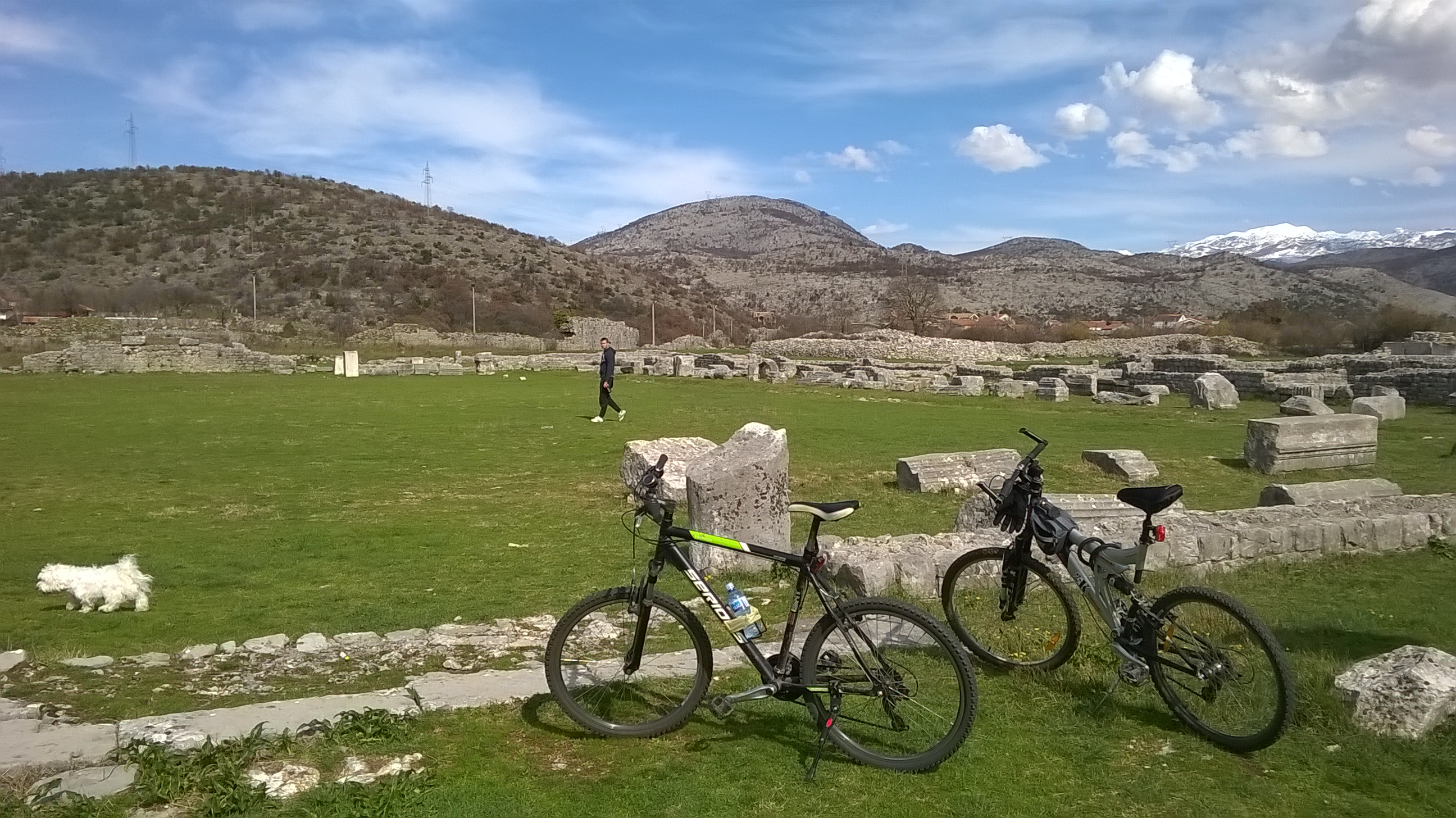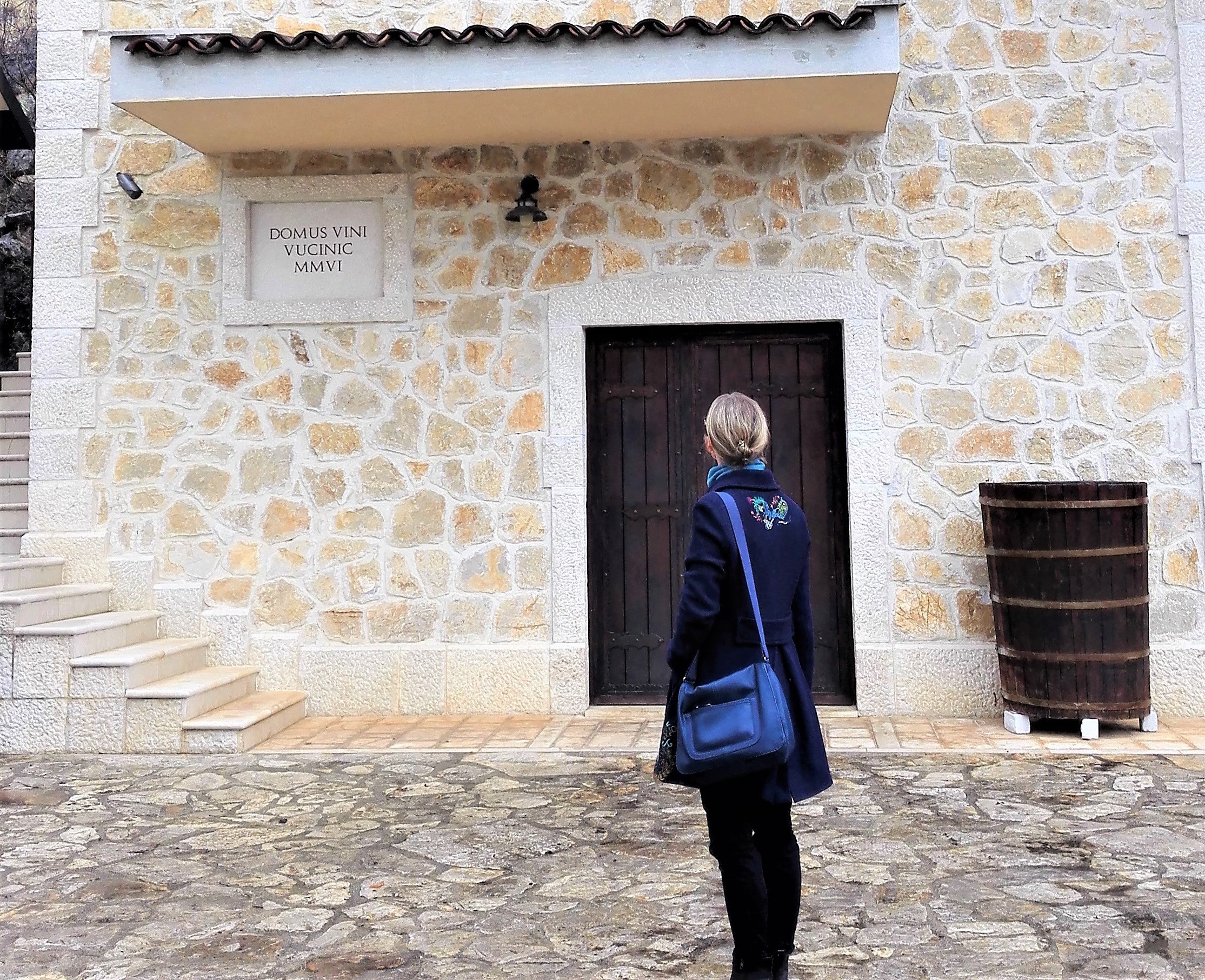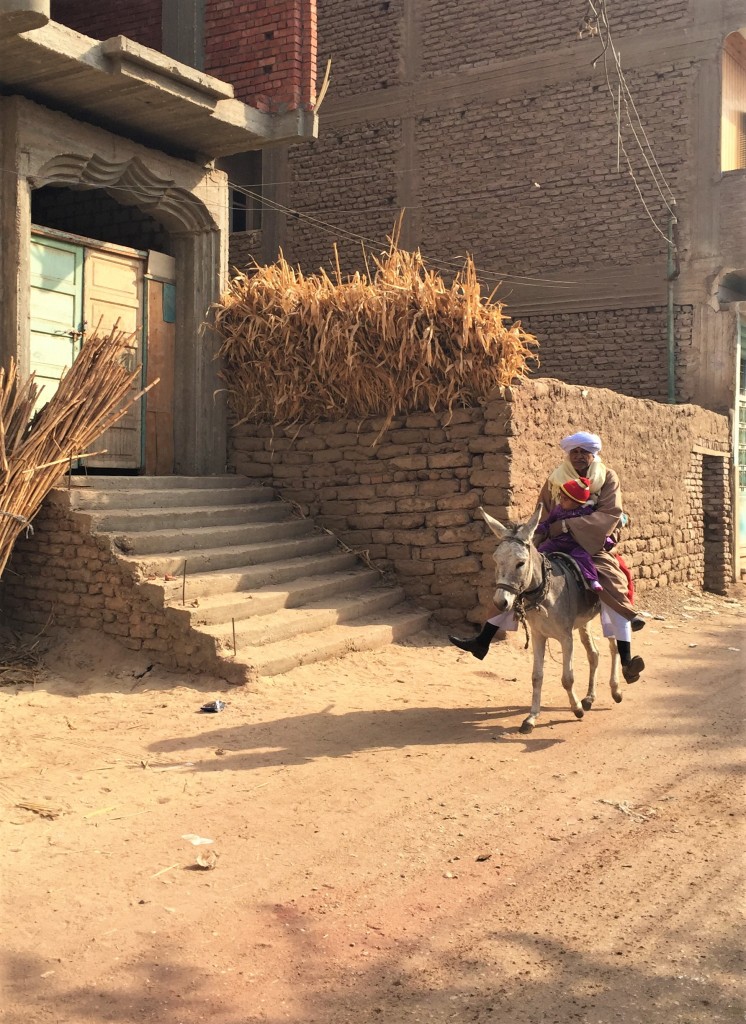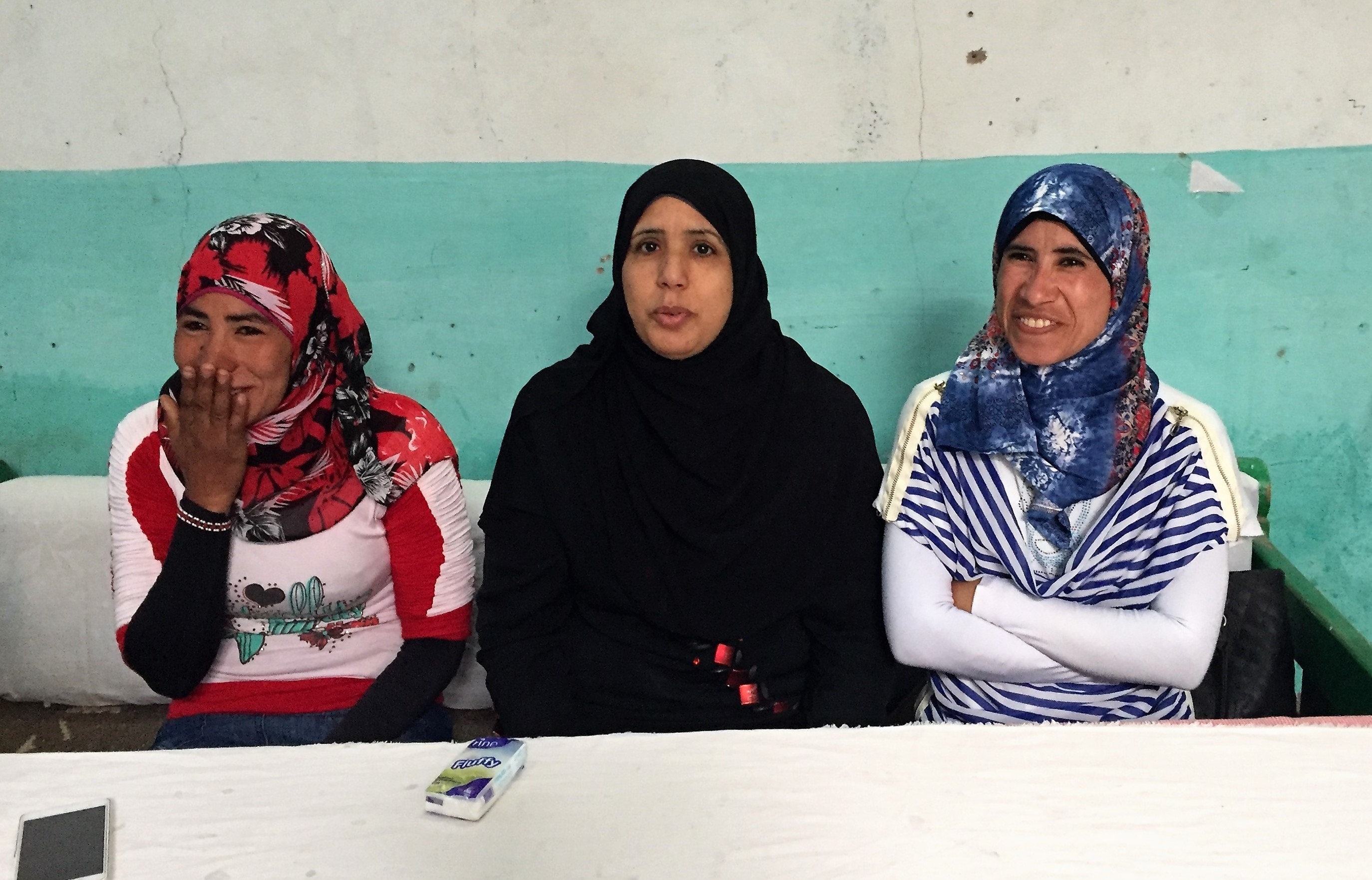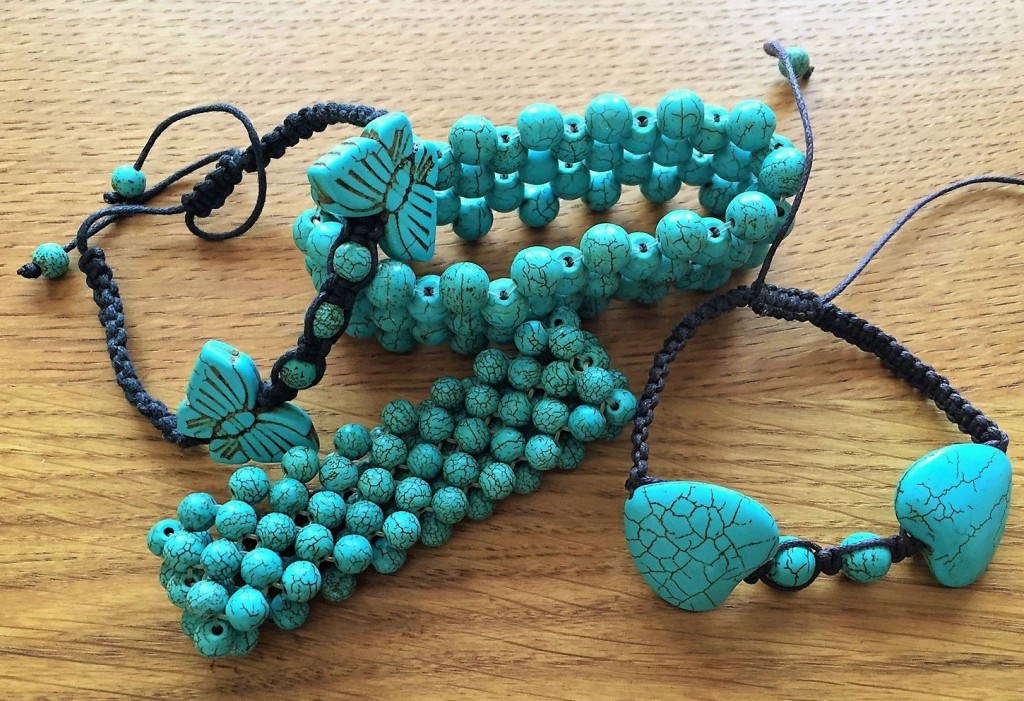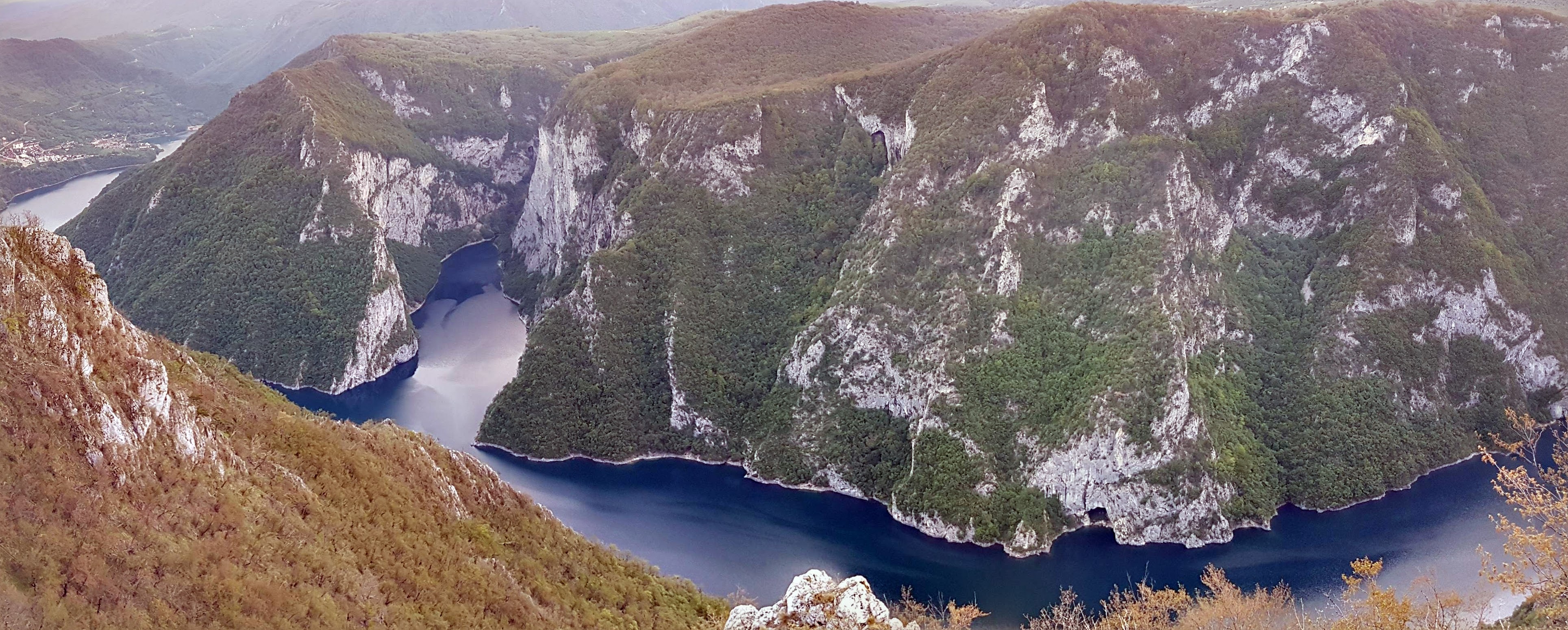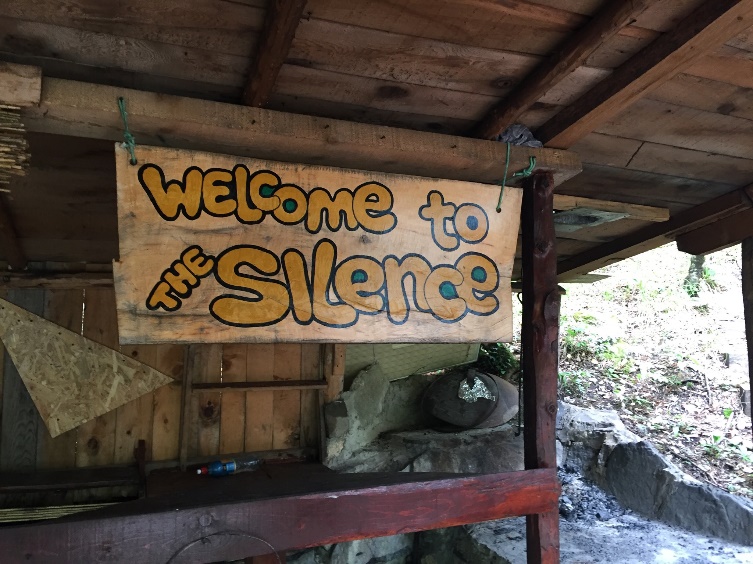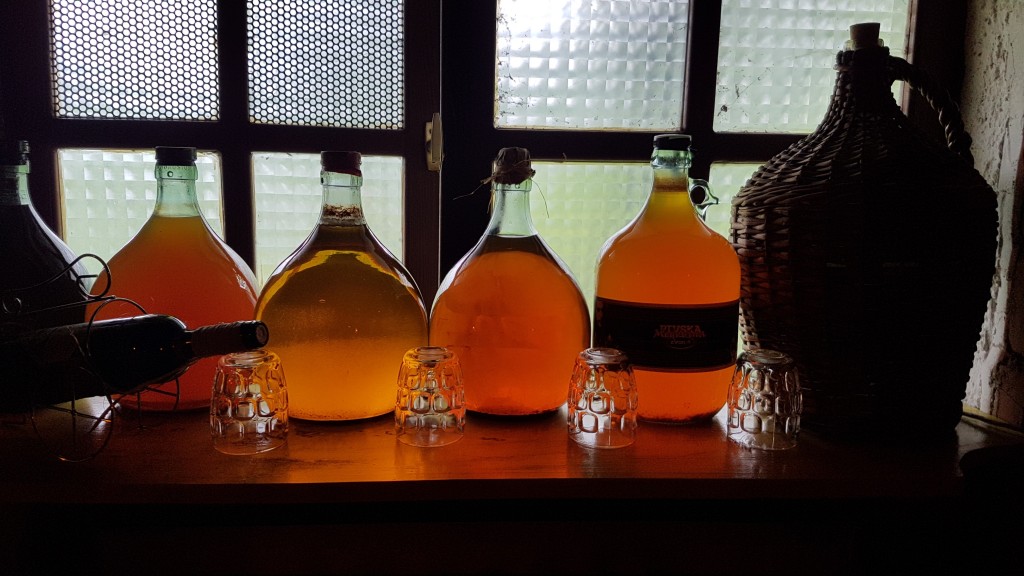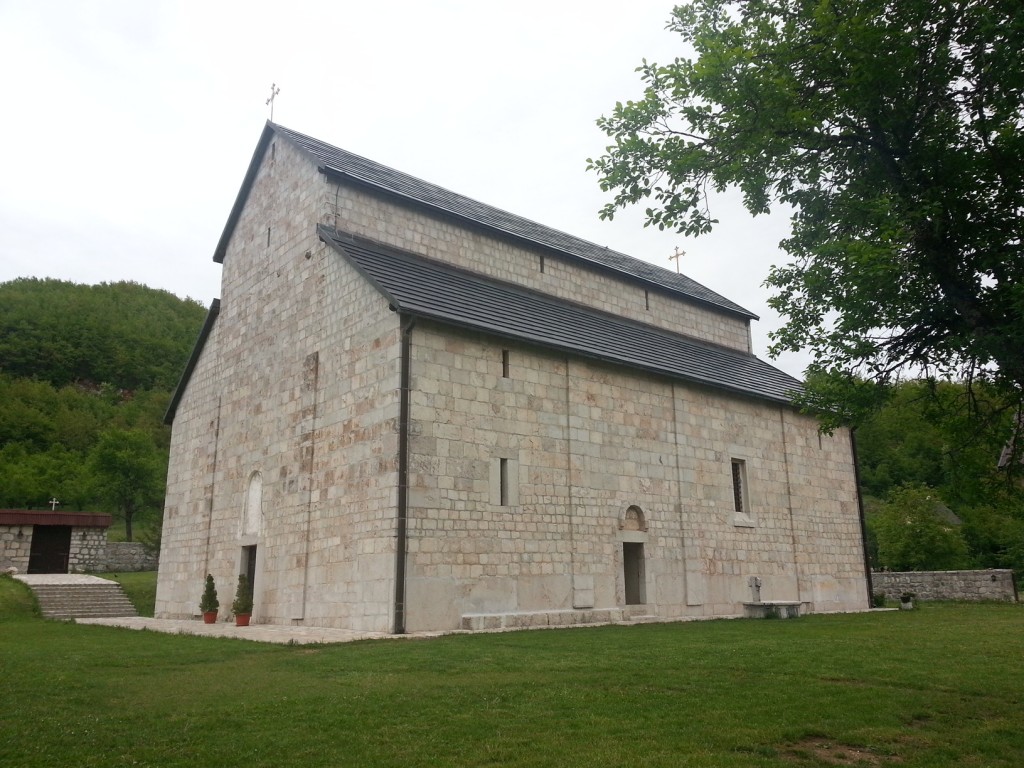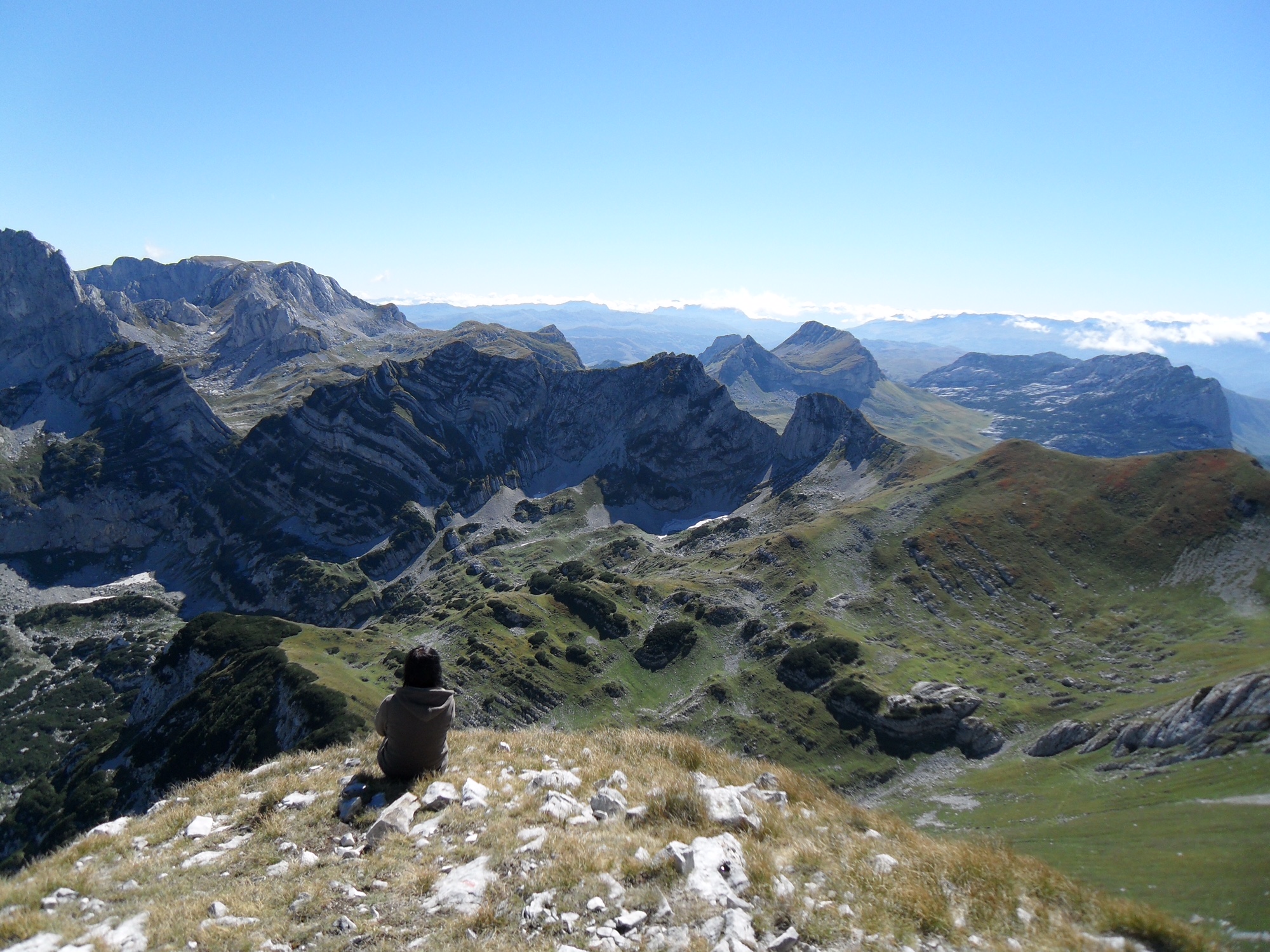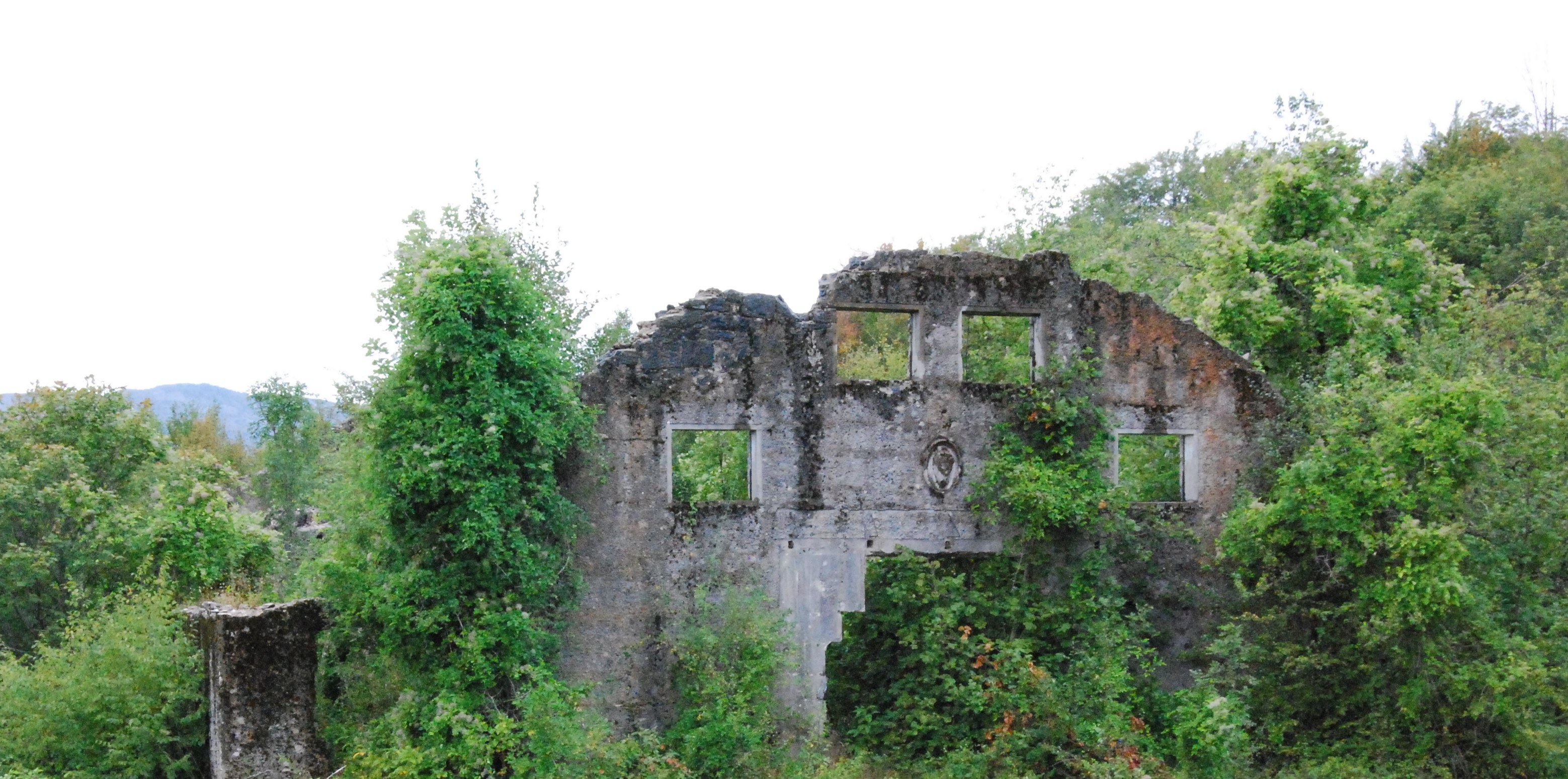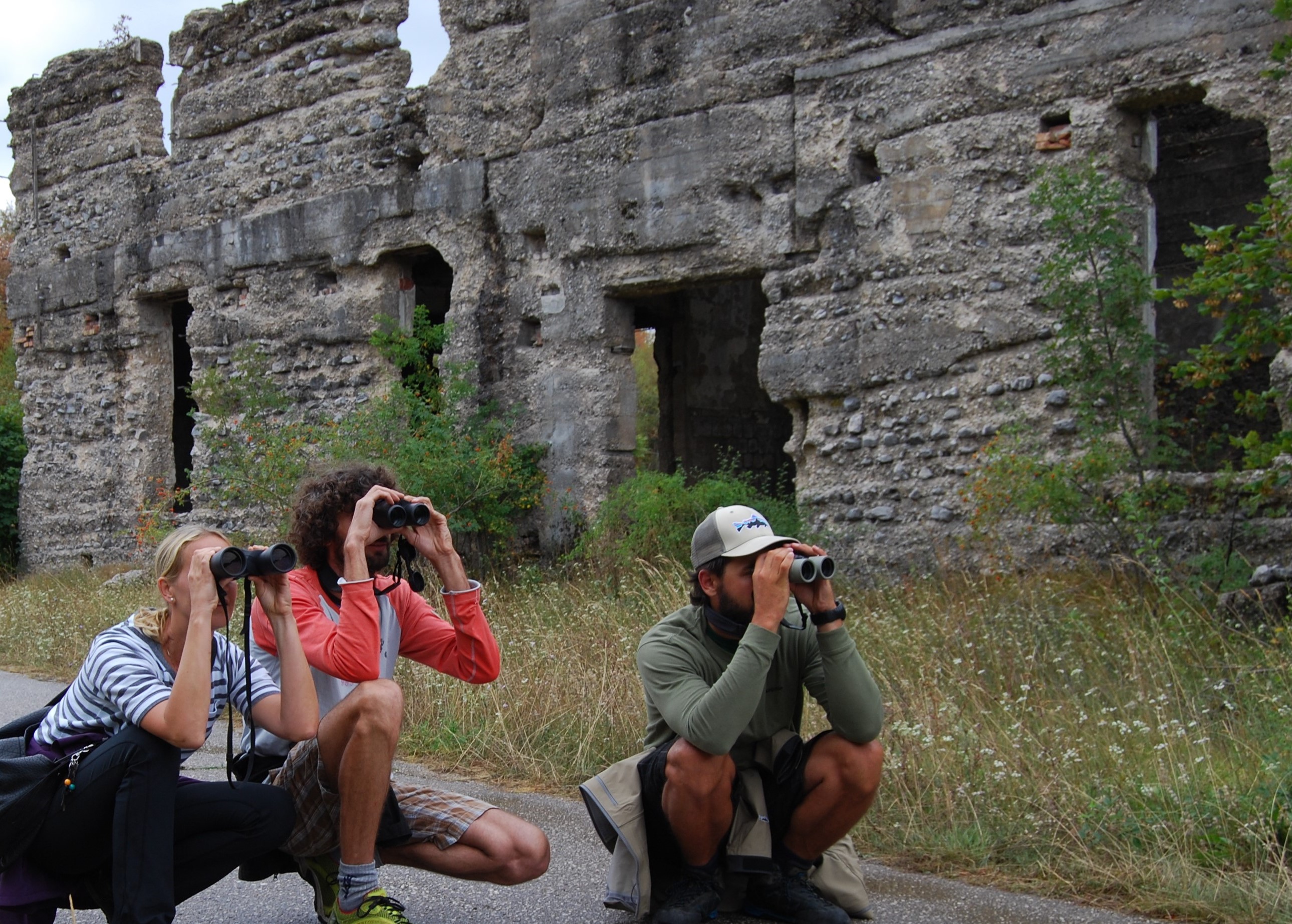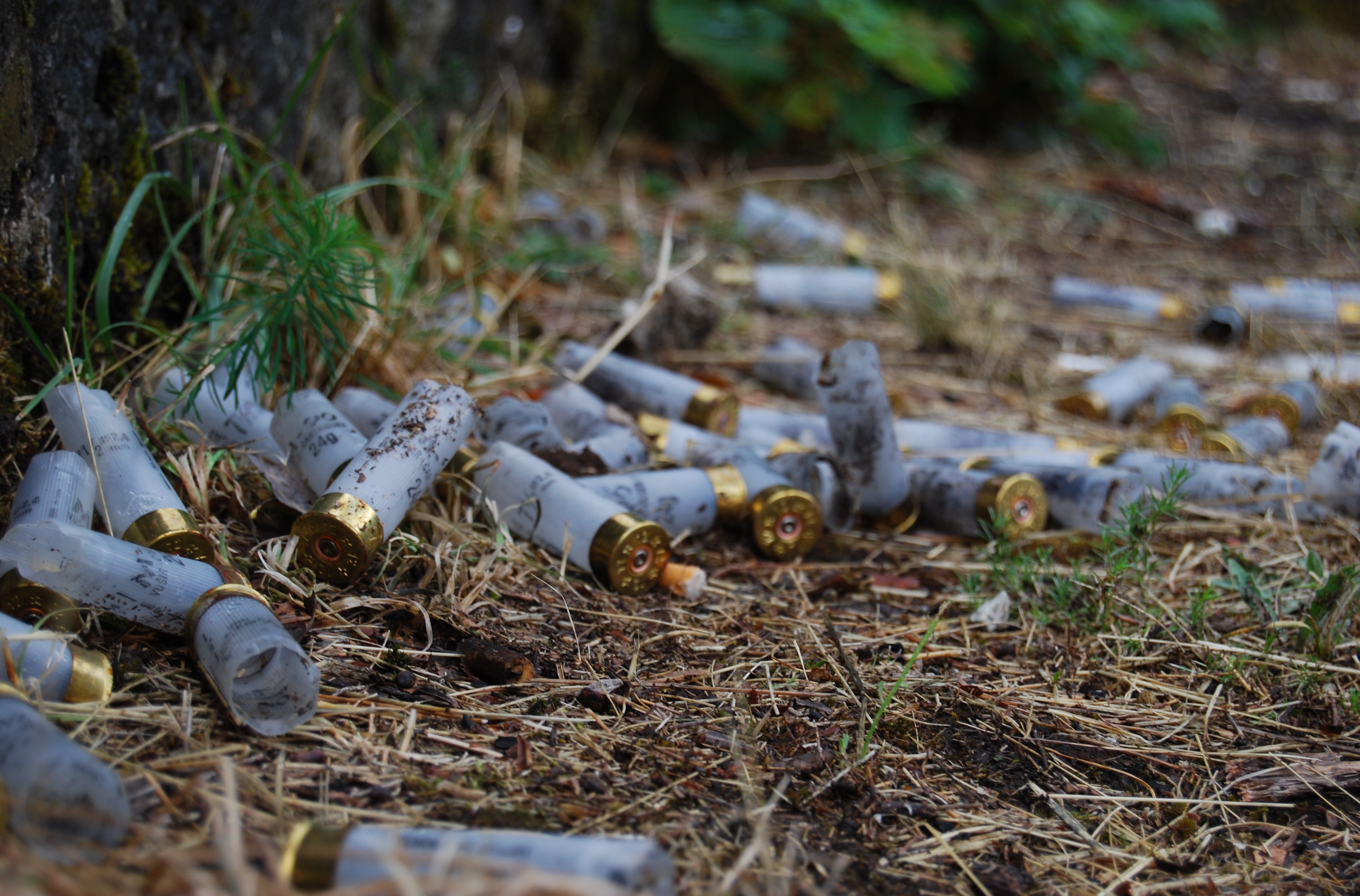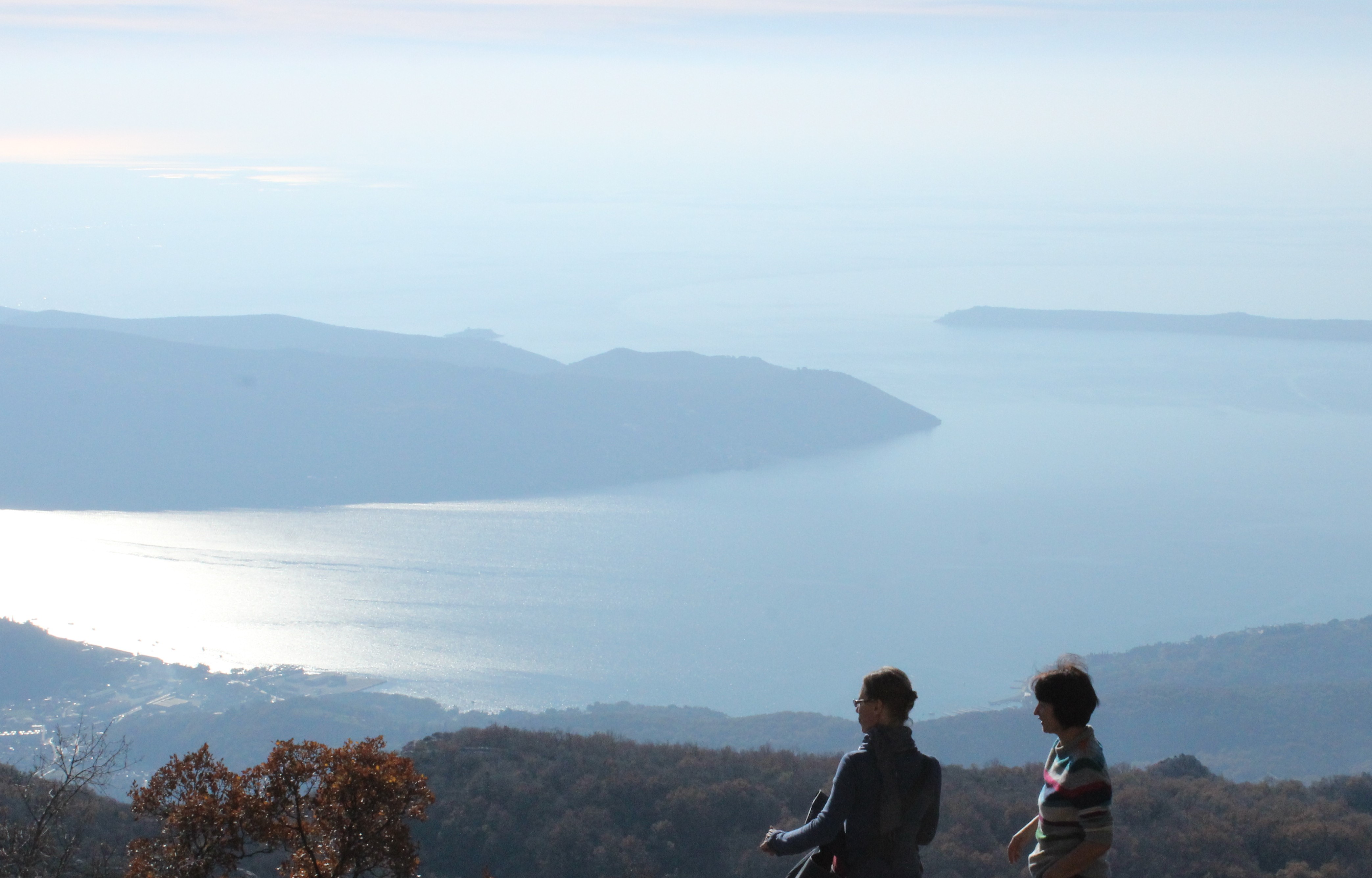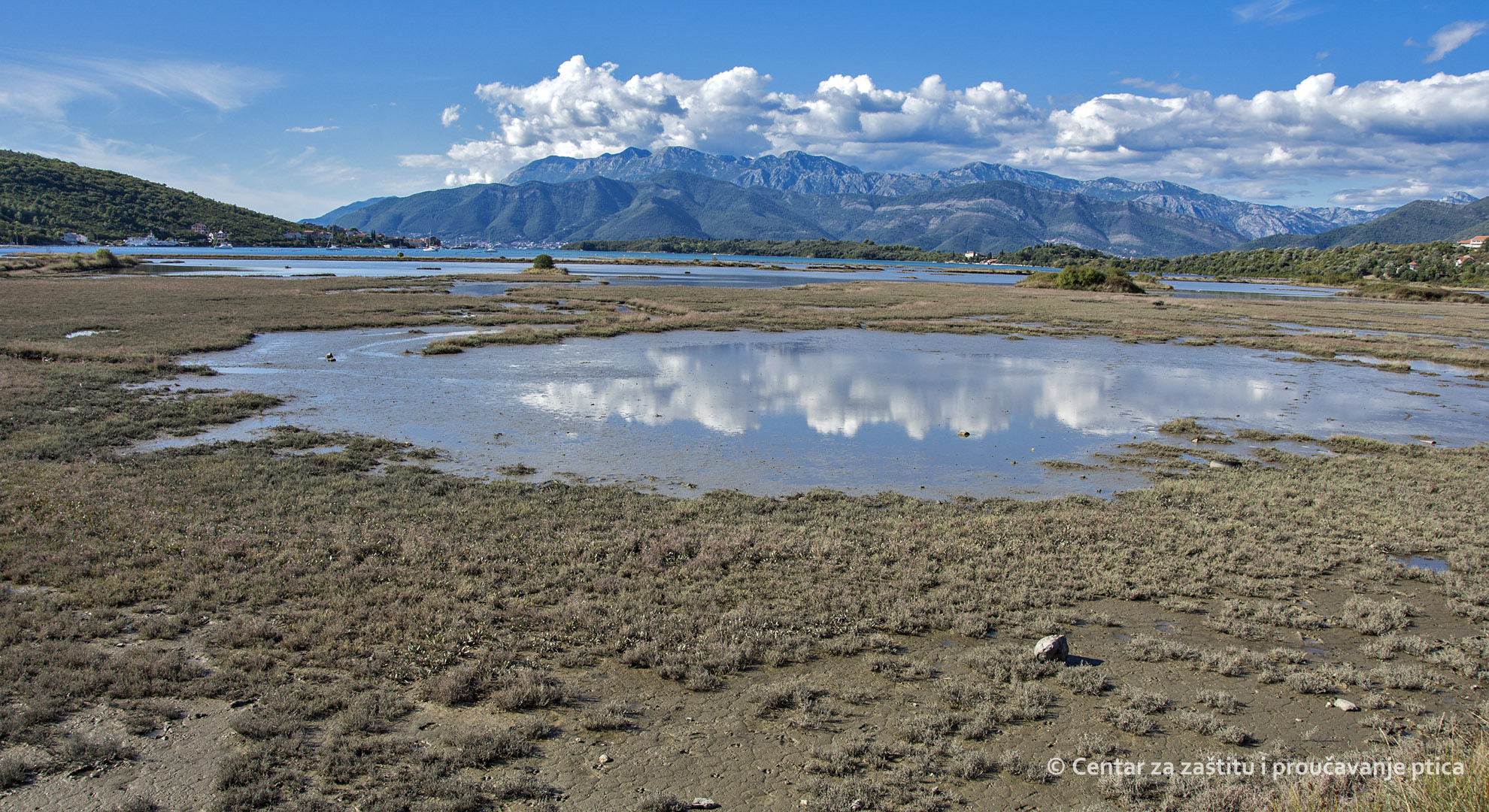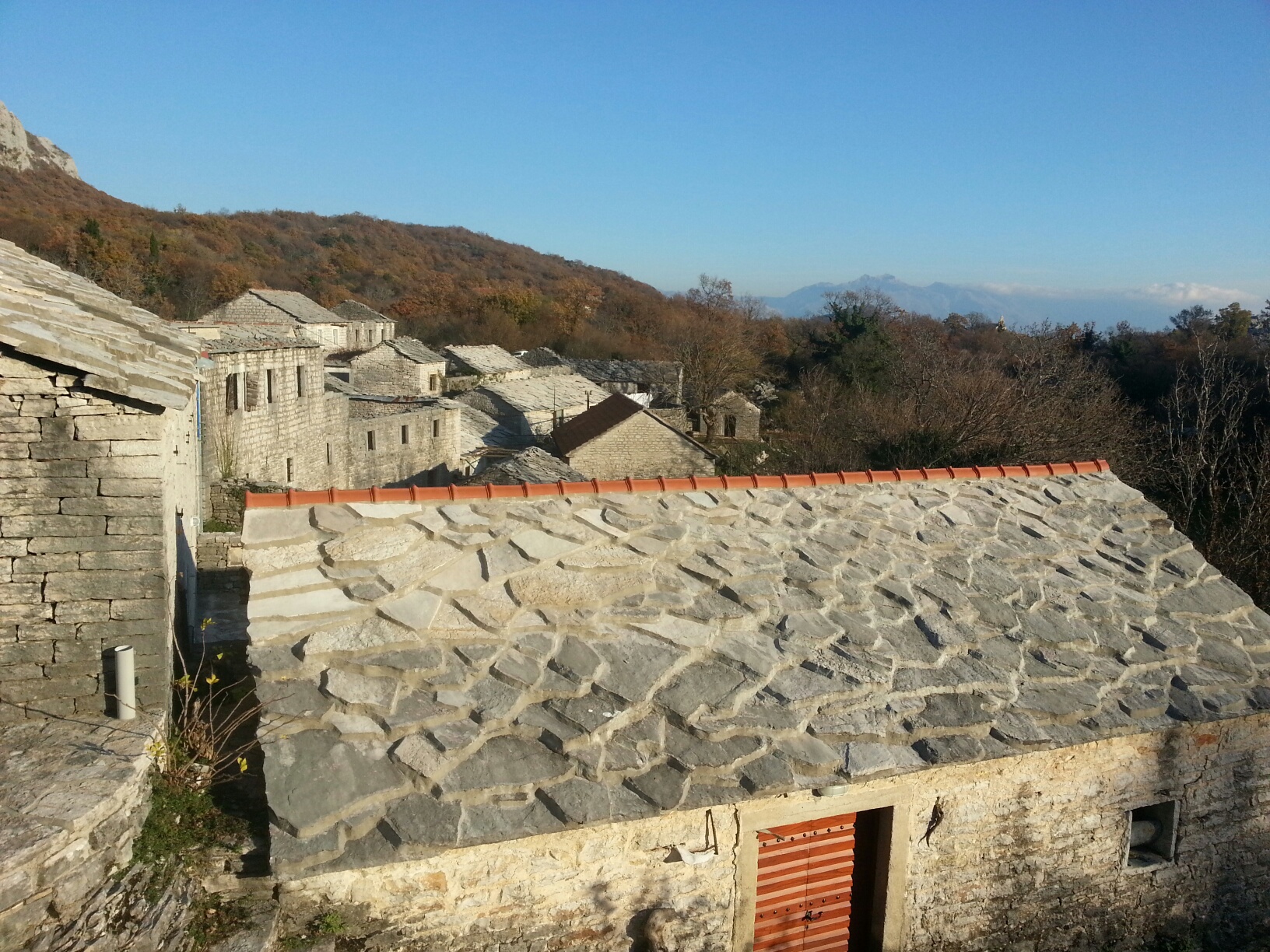Moje petdnevno potovanje v čezmejni prostor med Črno goro in Srbijo se prične pri kanjonu reke Tare, ki velja s svojimi tudi do 1.300 m globine za najglobljega v Evropi. Rezervat reke Tare je pod zaščito Unesca in je resnično osupljiv. Imenujejo ga tudi solza Evrope. Obiskovalce s celega sveta navdušuje ponudba raftinga, zanimiva je tudi mogočna konstrukcija mostu, imenovanega Djurdjevica Tara, nekaj kilometrov stran od kraja Pljevlja.
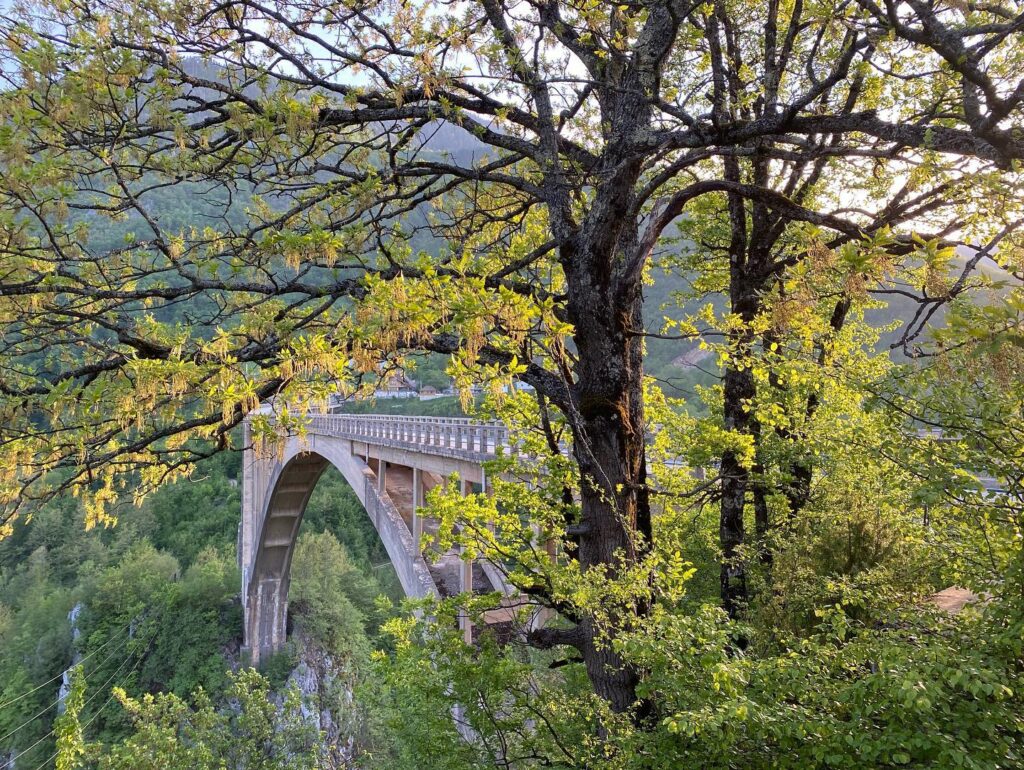
Slavni most Djurdjevica Tara; Fotografija: Tadeja Leskovšek
Kraj Pljevlja, katerega simbol je lastovka, me sicer s svojimi industrijskimi objekti nekoliko preseneti, vendar očara vzdušje v starem mestnem jedru in čudovit park Vodice, ki velja za enega najlepših v Črni gori. Sprehod po parku je nadvse sproščujoč. Od tod se namenim do znane razgledne točke s pogledom na meandre reke Čehotine, v kateri se domačini poleti radi kopajo. Moja končna postaja tega dne je eko kamp Djogaška Vrela, kjer se dan v družbi gosi, kokoši in koz prevesi v večer in želodec prijazno zahvali gostiteljici, ki je pripravila slastno večerjo s postrvmi, domačim kruhom in zelenjavo z njenega vrta.
V novem jutru je prvi cilj soteska Djalovici pri Bijelem Polju. To je del države, ki je poznan po kraških pojavih in v bližnji prihodnosti bo na voljo sodobna infrastruktura za ljubitelje podzemnega sveta.
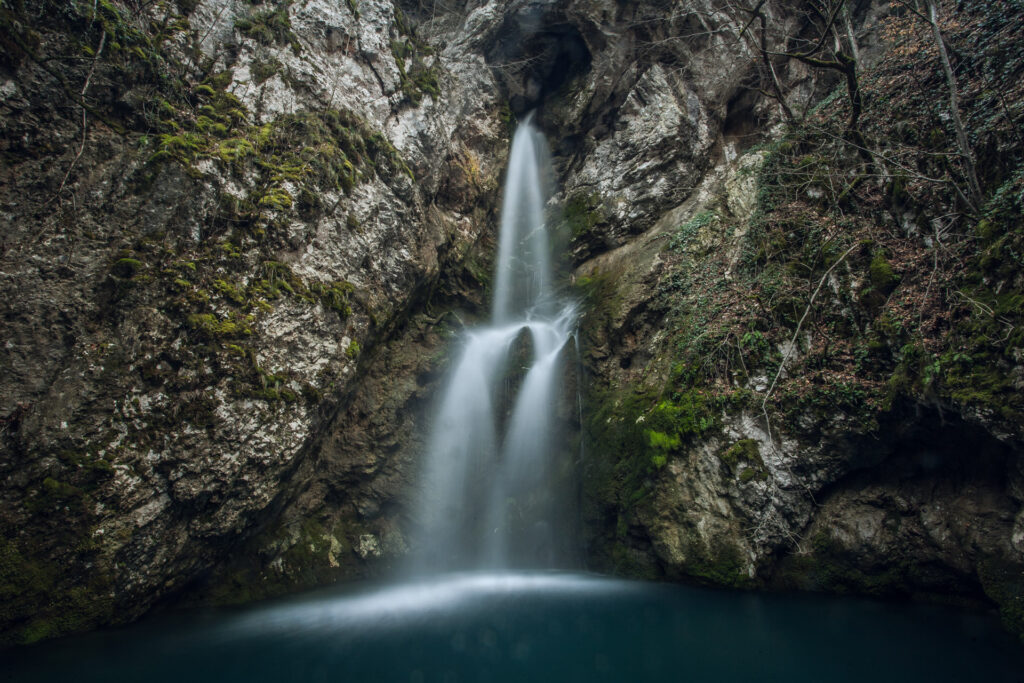
Vražji Firovi; Fotografija: Željko Madzgalj
Nadaljujem proti kraju Rožaje, od koder grem naravnost proti legendarnemu domu kulture oz. restavraciji s prenočišči Dermandoo, posebej poznanem po dobri hrani in ambientu. Ime je dobila po planini Dermando, za katero legenda pravi, da so na njej pokopani trije dobri ljudje, ki varujejo Rožaje pred vsemi zlimi pojavi.
Če se boste nahajali v Rožajah, boste zagotovo slišali za znanega lokalnega planinskega vodiča Semirja Kardovica. Nas je pospremil na Brahim Brijeg, od koder se lepo vidi planina Hajla, del gorskega masiva Prokletije, tudi nacionalnega parka. Uživam v lepotah narave okoli sebe – vse povsod je polno gorskega cvetja in aromatičnih nizkih borovcev.
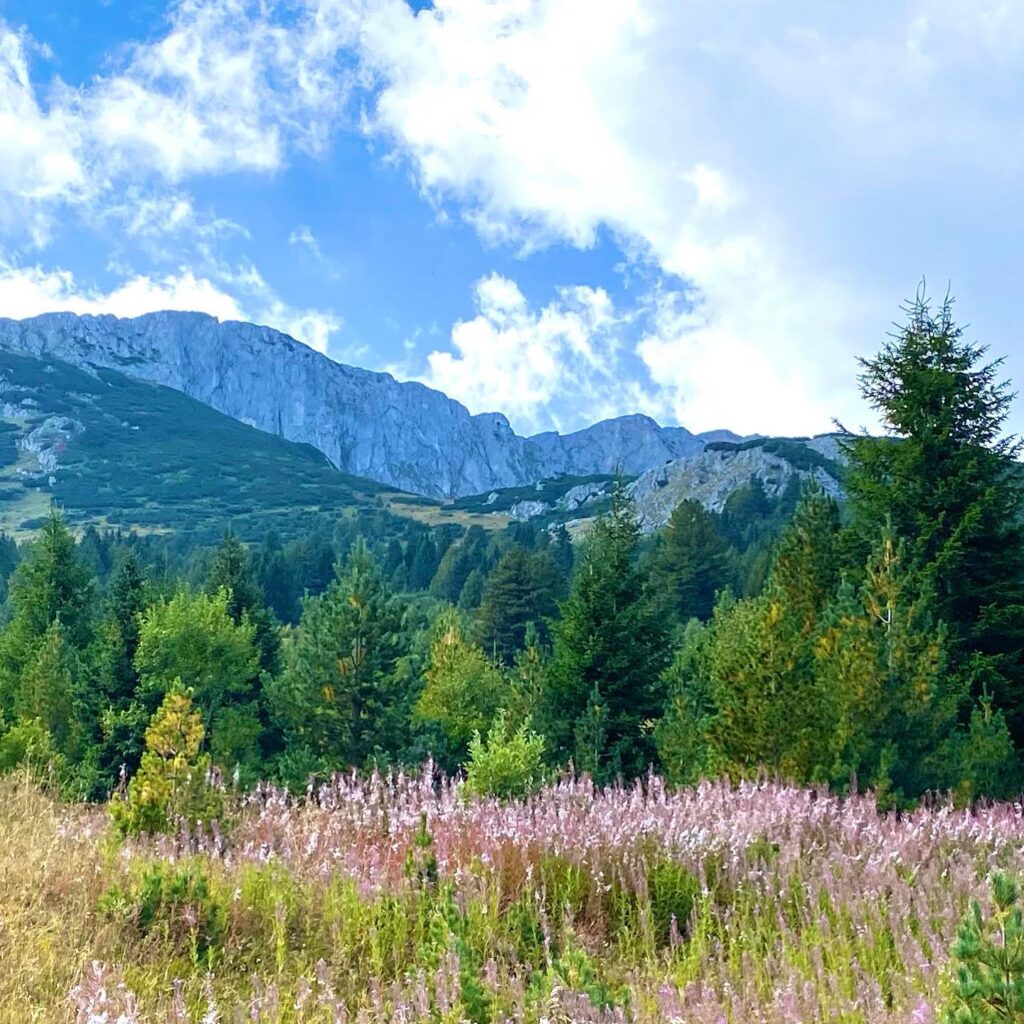
Pogled na goro Hajla; Fotografija: Tadeja Leskovšek
Nov dan me povede čez mejo na srbsko stran, v kraj Tutin. Od tam pa preko vasi Draga na Mokro Goro v čudovito divjo naravo, ki je v zgodnjem jesenskem času odeta v pisane barve in polna gozdnega jagodičevja. Nadvse prijazno me na to goro povedejo člani planinskega društva Beleg. Vas Mokra Gora, ki se sicer nahaja nekoliko stran, je bila leta 2021 uvrščena v skupino najboljših turističnih vasi s strani Svetovne turistične organizacije pri Združenih narodih.
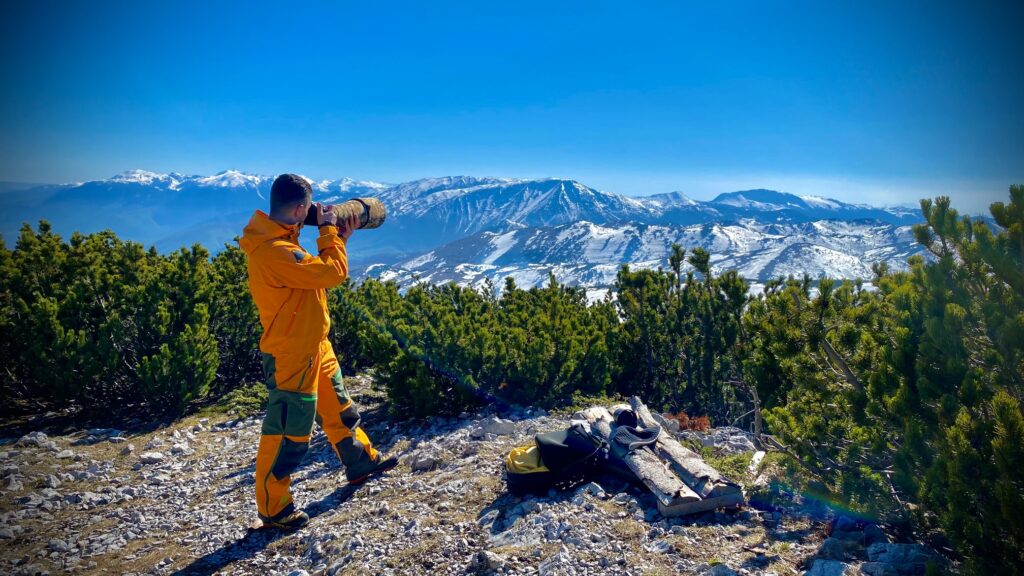
Mokra Gora; Fotografija: Ervin Hadžić
Naslednji dan se iz Tutina odpravim v smeri kraja Sjenica do planote Pešter, ki velja za eno največjih evropskih visoko-ležečo planot – nekako tako kot Tibet v Aziji. S svojim prostranstvom in veličino je nadvse fascinantna. Zaradi izjemne biotske raznovrstnosti, je Peštersko polje razglašeno za specialni naravni rezervat in vključeno v mednarodne mreže za zaščito rastlin, ptic in metuljev. Ob Pešterskem jezeru opazujem ptice, ki se tukaj počutijo varno. Vzpetina Trojan, ki se vzdiguje nad Pešterskim poljem, je povezana z ugibanji o obstoju bogumilskega mesta, saj so v njeni bližini odkrili stečke -bogumilske kamnite nagrobnike. Zanimiva je tudi legenda o Gutavici – krpici prekletega gozda, iz katerega si domačini ne upajo vzeti niti storža ali iglice, da jih ne bi doletela nesreča.
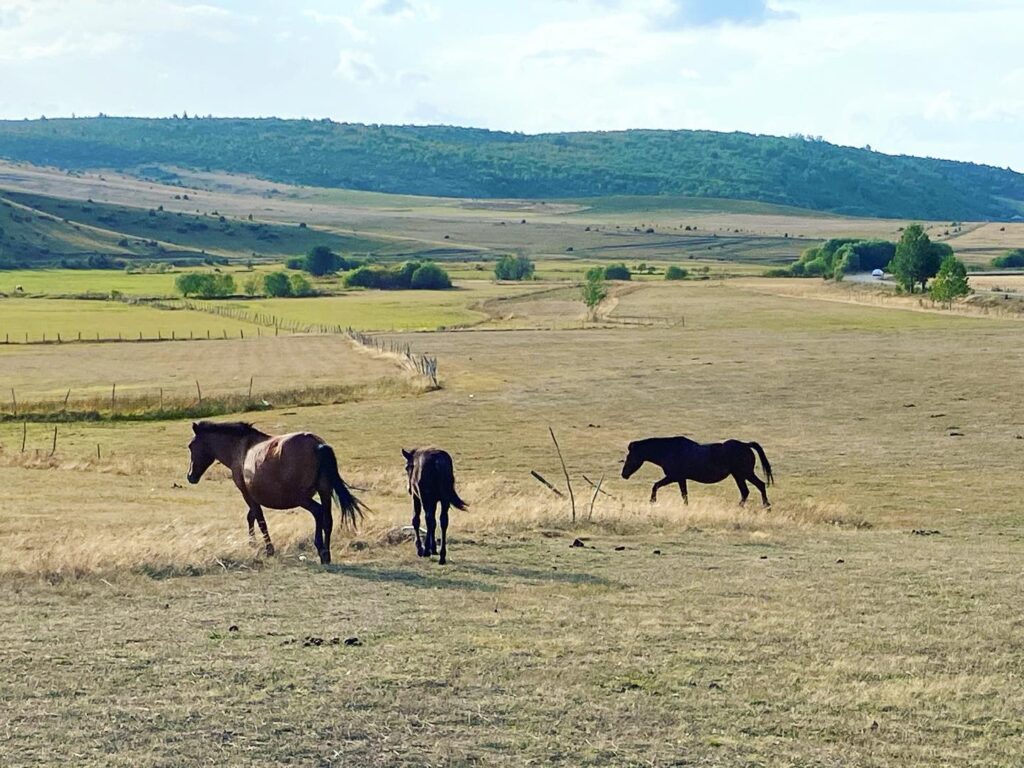
Konji v Djerekarah; Fotografija: Tadeja Leskovšek
Zadnji dan mojega potovanja po teh manj poznanih krajih starodavnega turškega Sanžaka se namenim v Prijepolje, prijetno mesto ob reki Drini. V Srbiji je Prijepolje poznano predvsem po čudoviti freski belega angela v samostanu Mileševa, kjer je na voljo tudi veliko prenočišč. Mene pa pot v družbi ljubiteljev narave združenja Jadovnik zanese na planino Jadovnik, kjer upravljajo krmilnico in opazovalnico za divjad in ptice. Do krmilnice radi pridejo medvedi, volkovi, lisice in jastrebi. Neokrnjena divja narava v tem delu Evrope je res navdih, ki obljublja možnosti razvoja kakovostnega trajnostnega turizma.
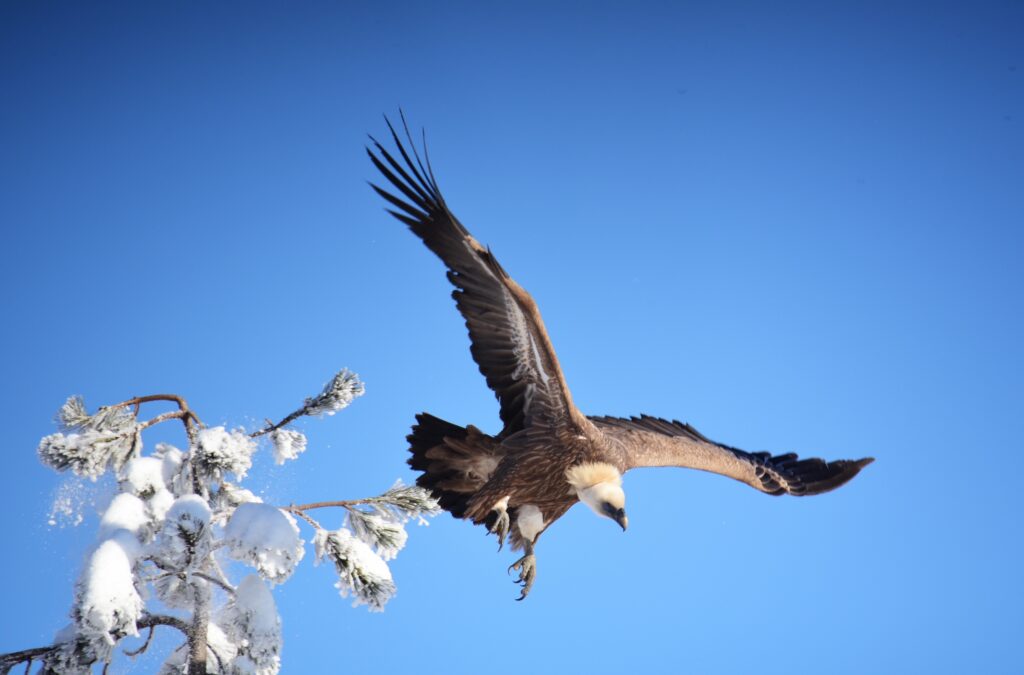
Beloglavega jastreba je pogosto mogoče ujeti v objektiv v tem prostoru; Fotografija: Vjekoslav Joksimović
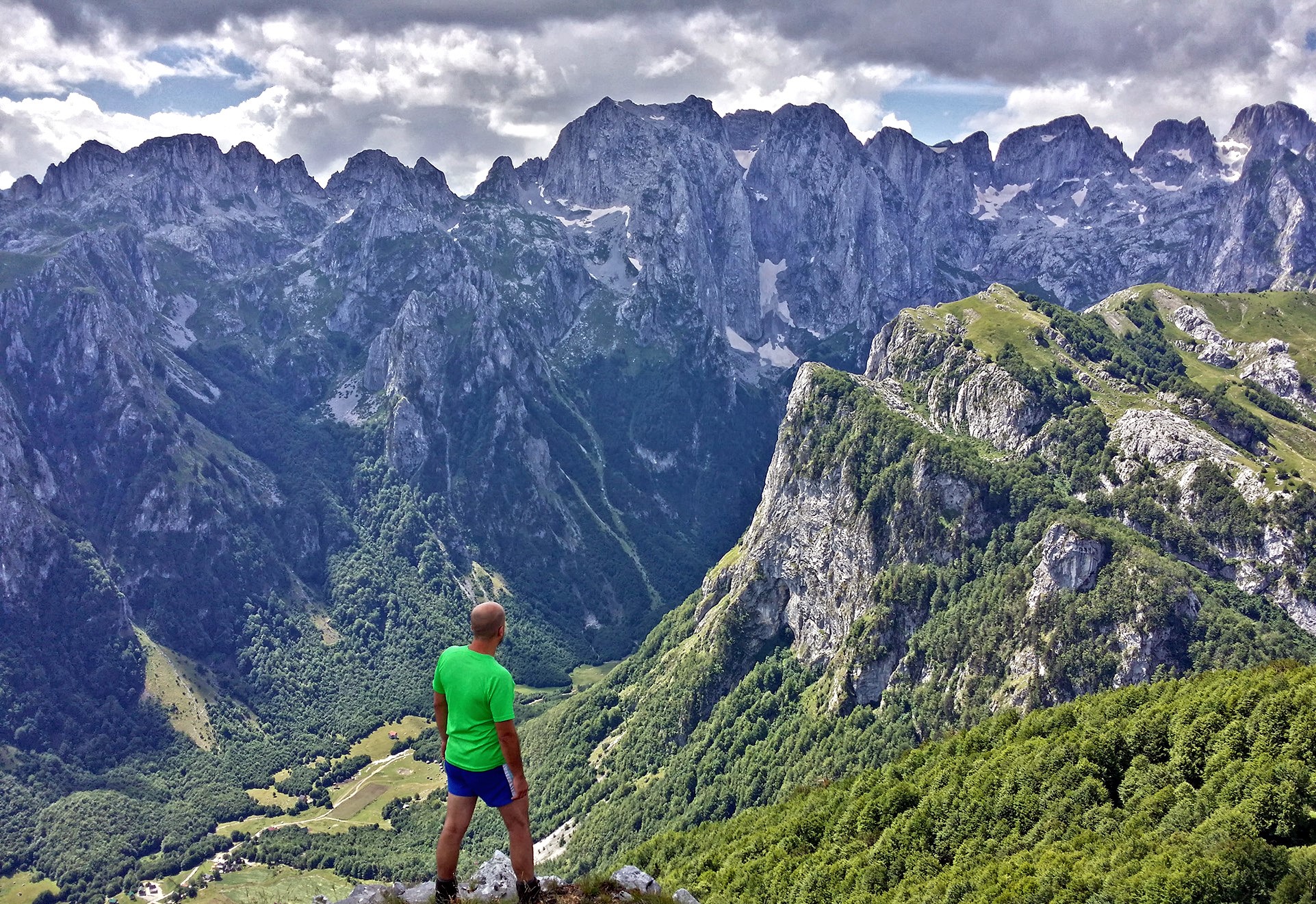
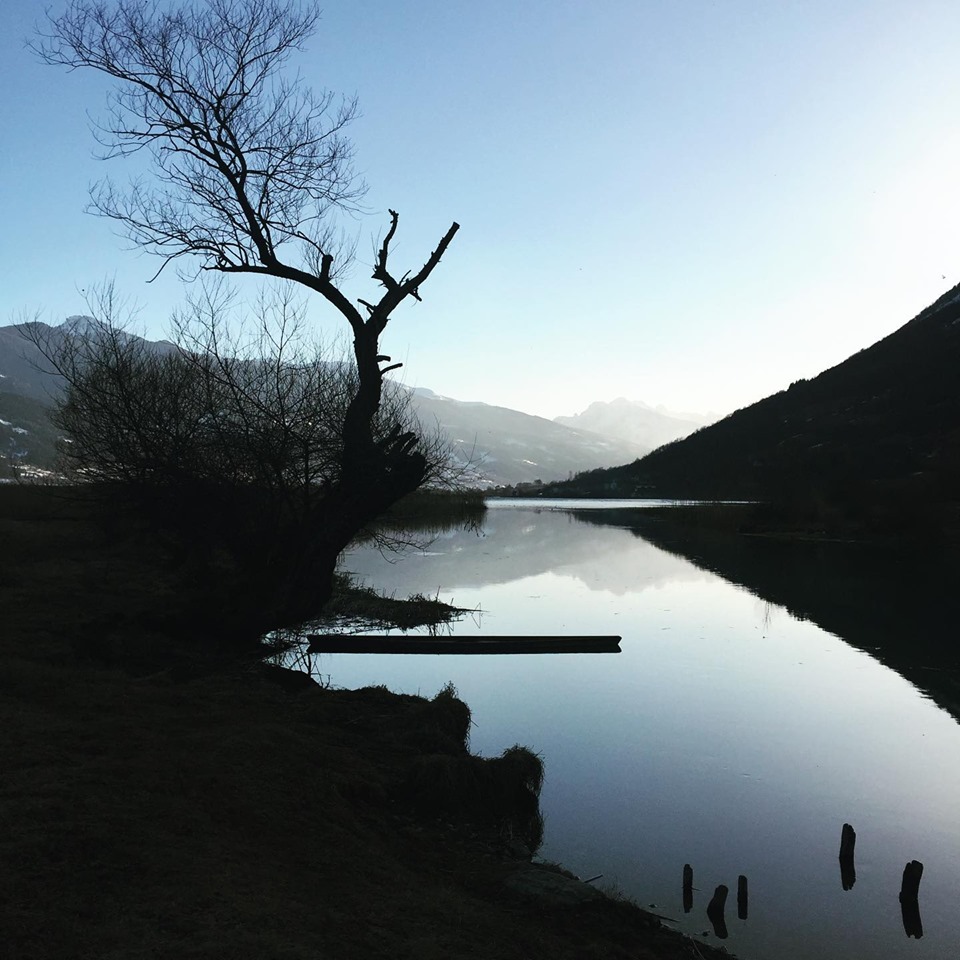
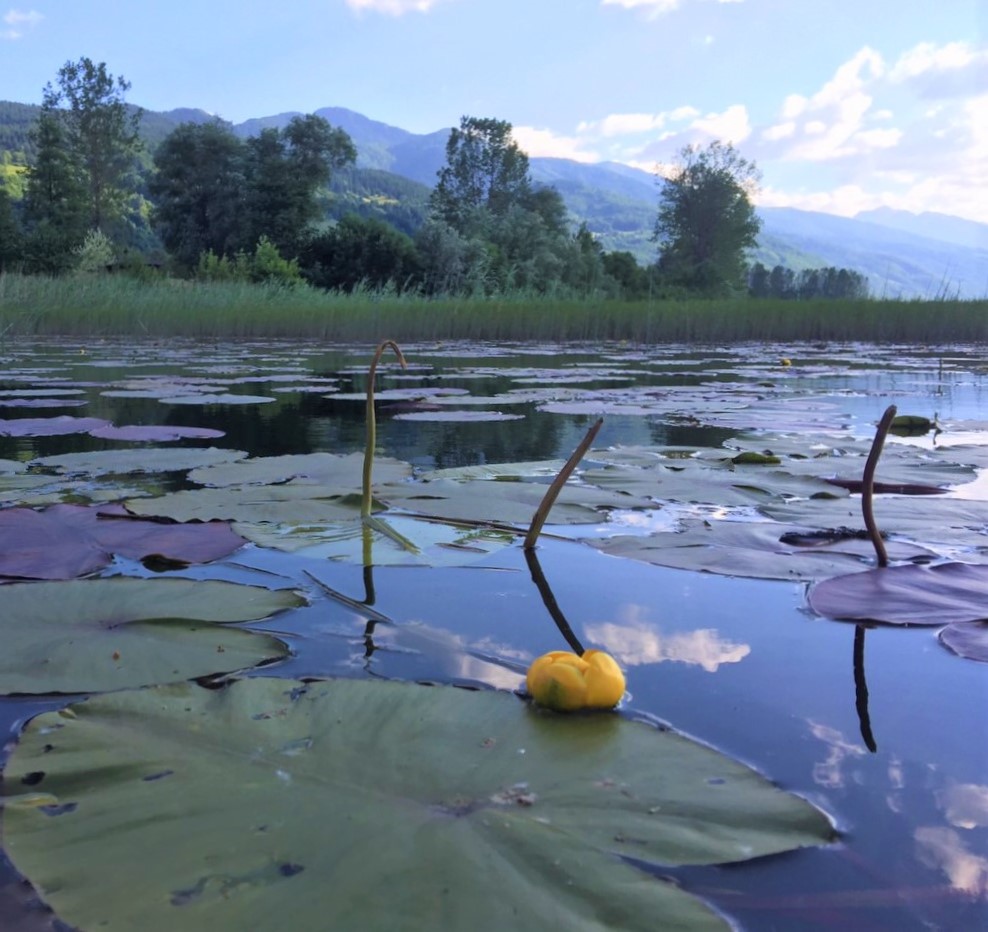
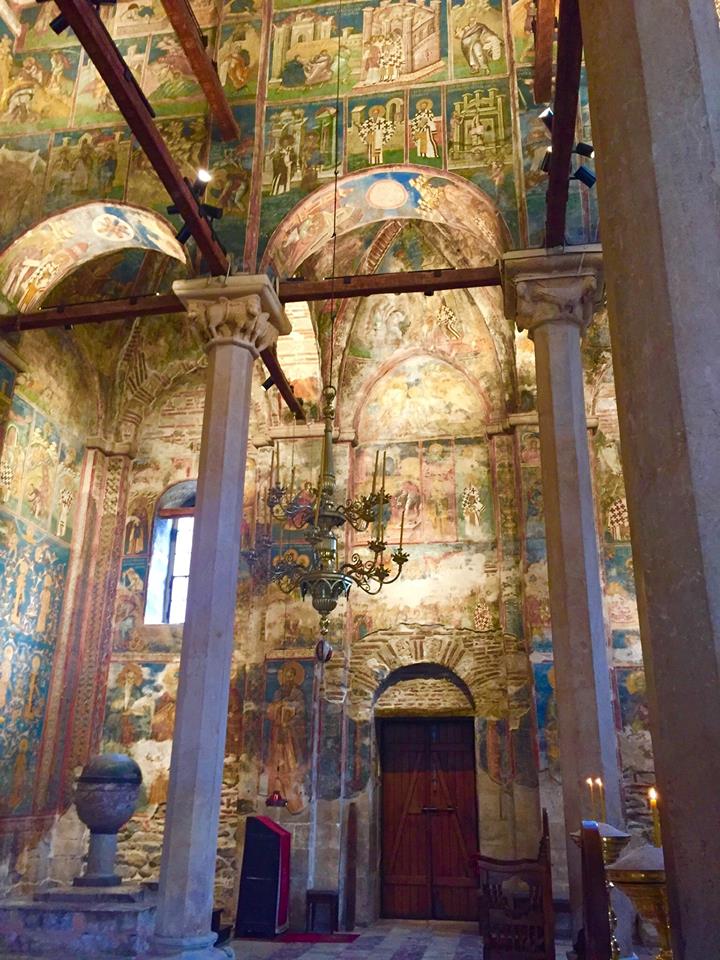
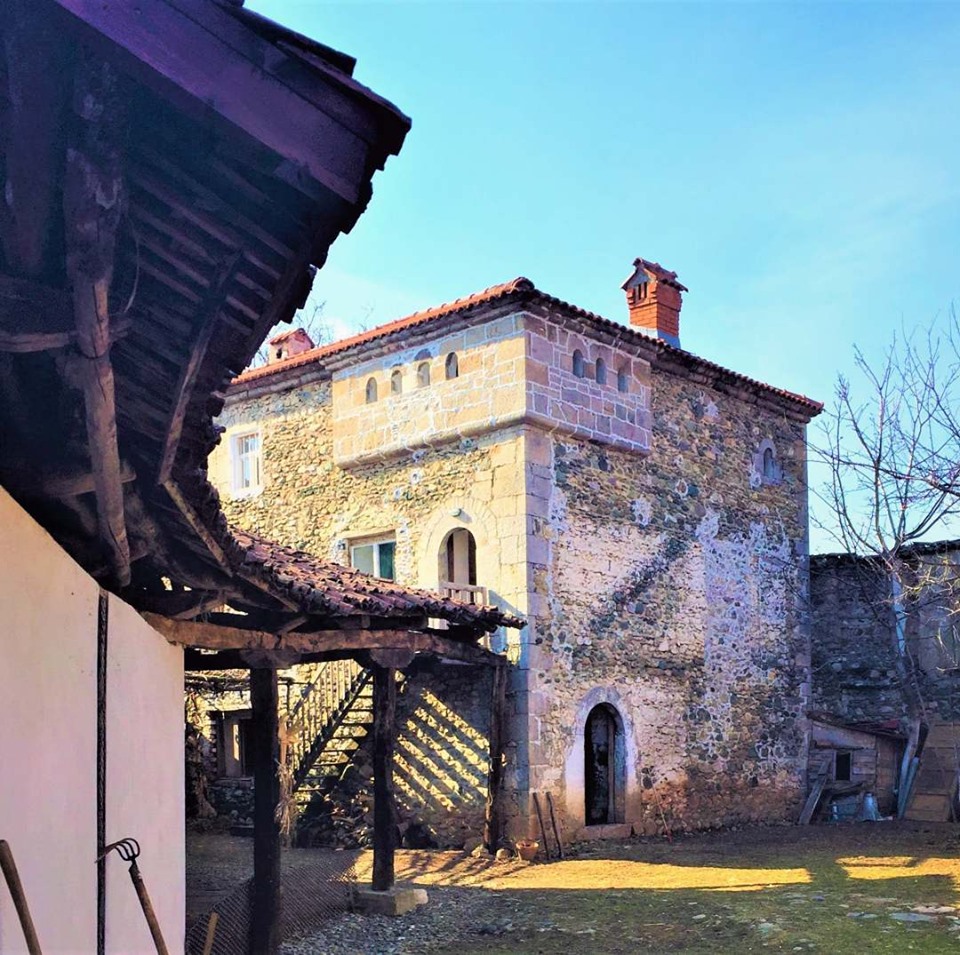
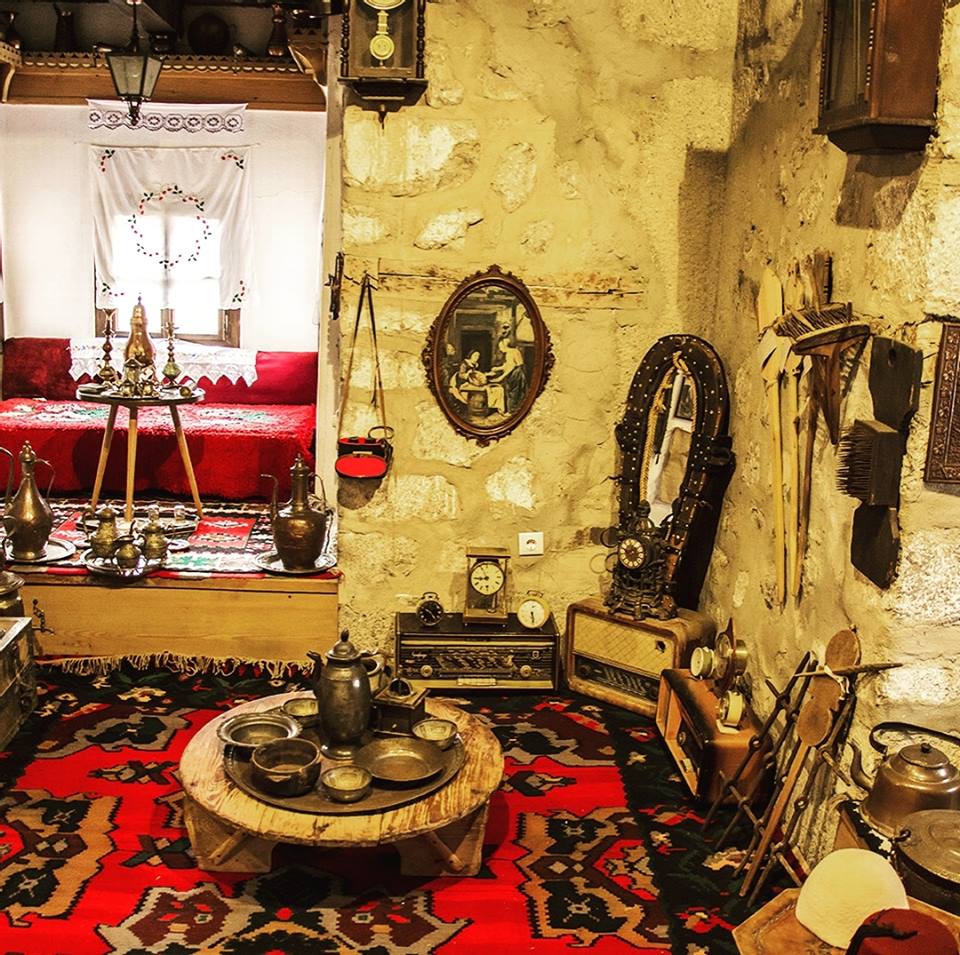
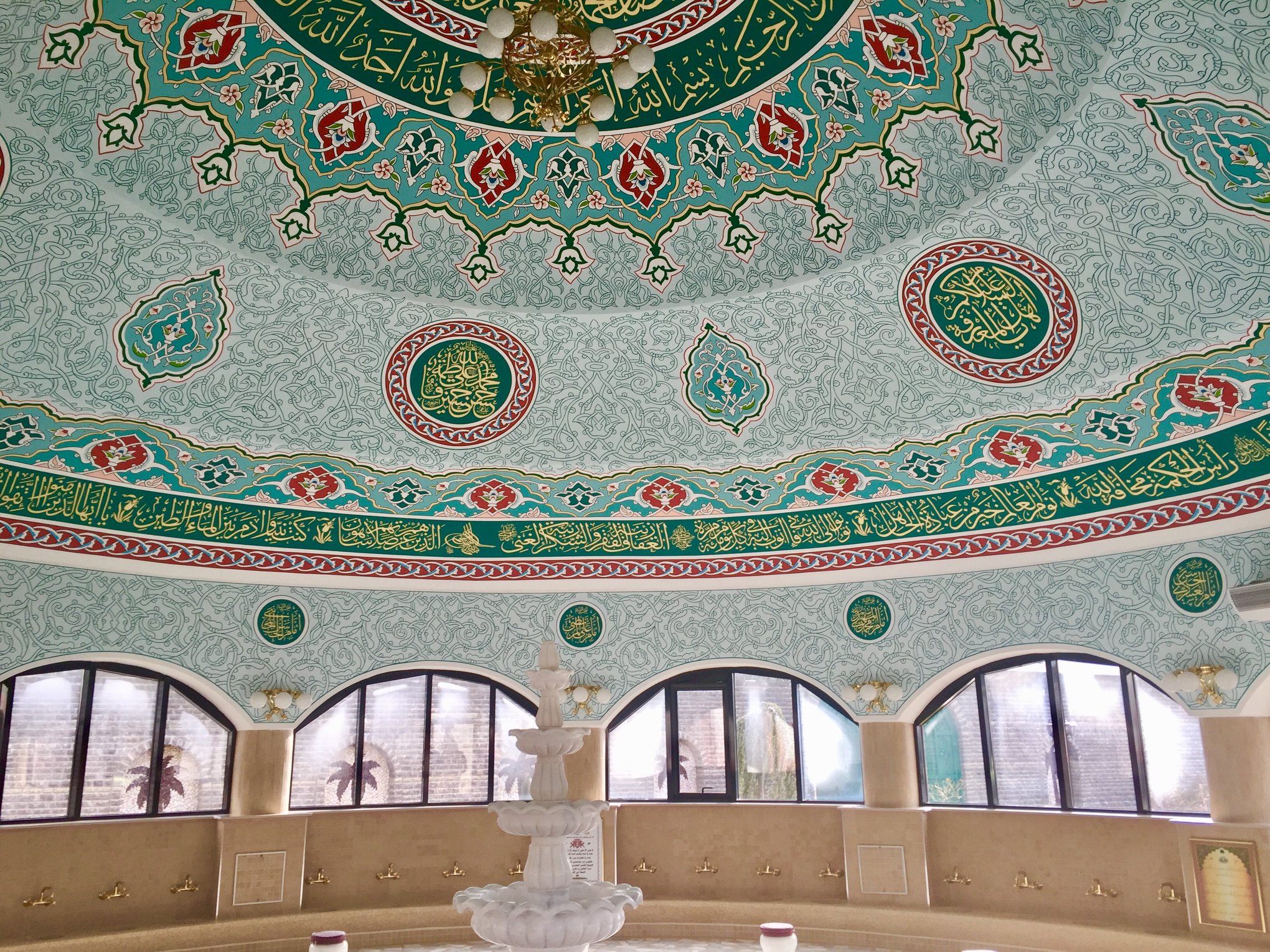

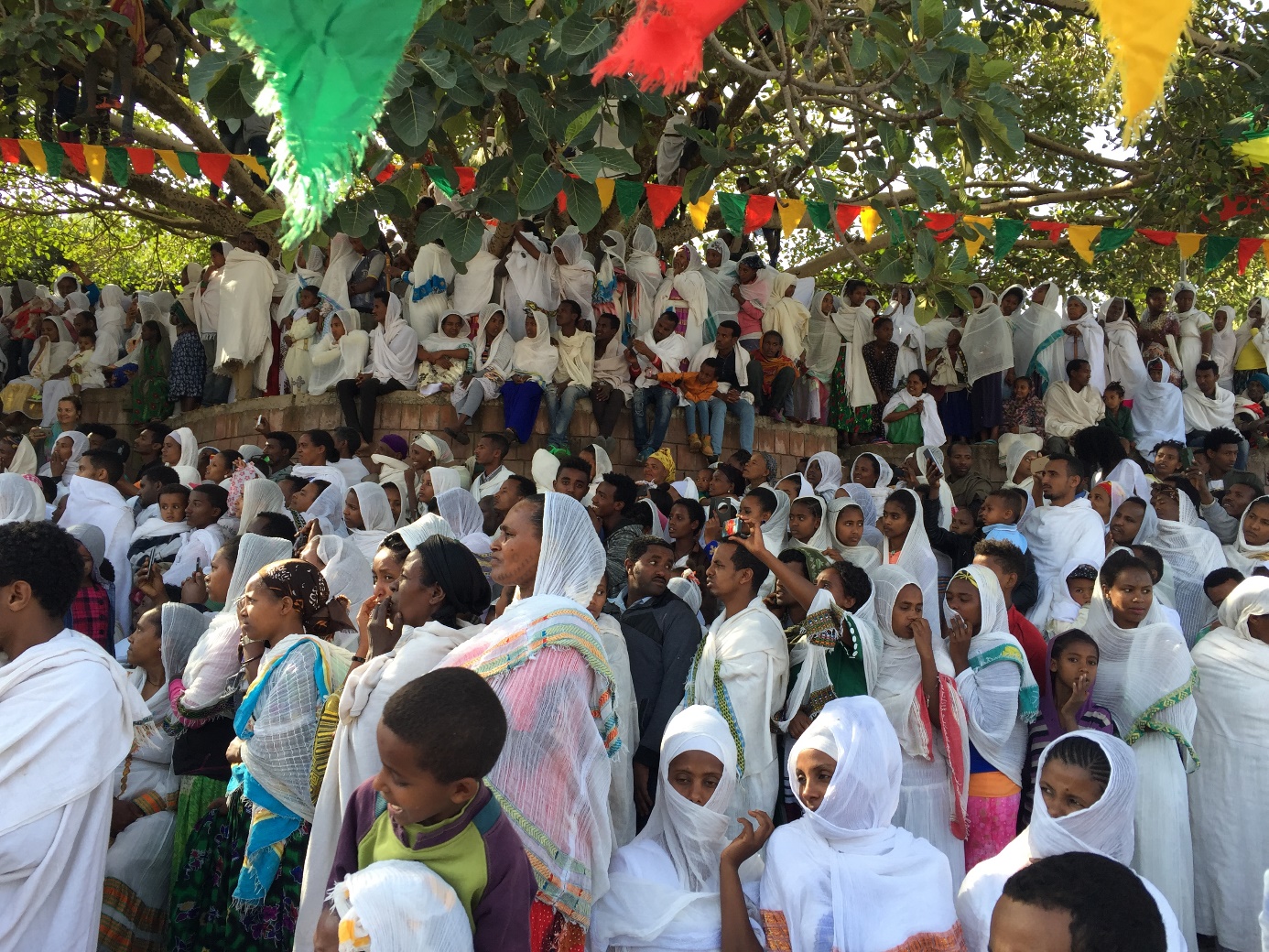
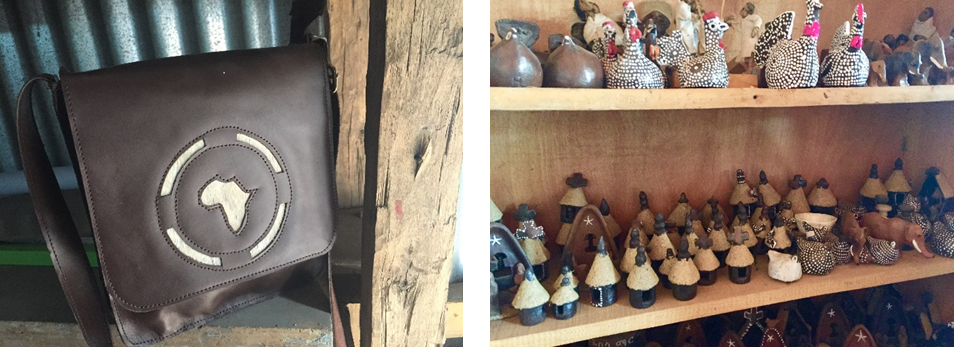

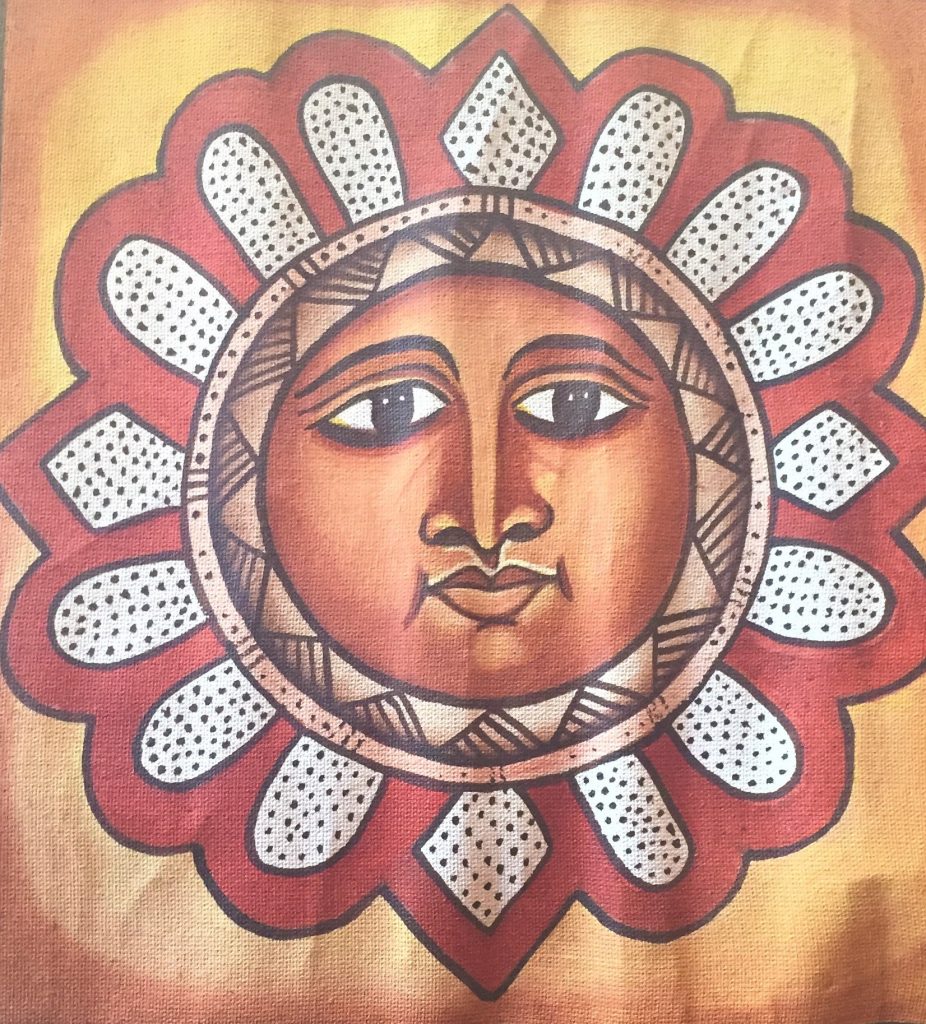

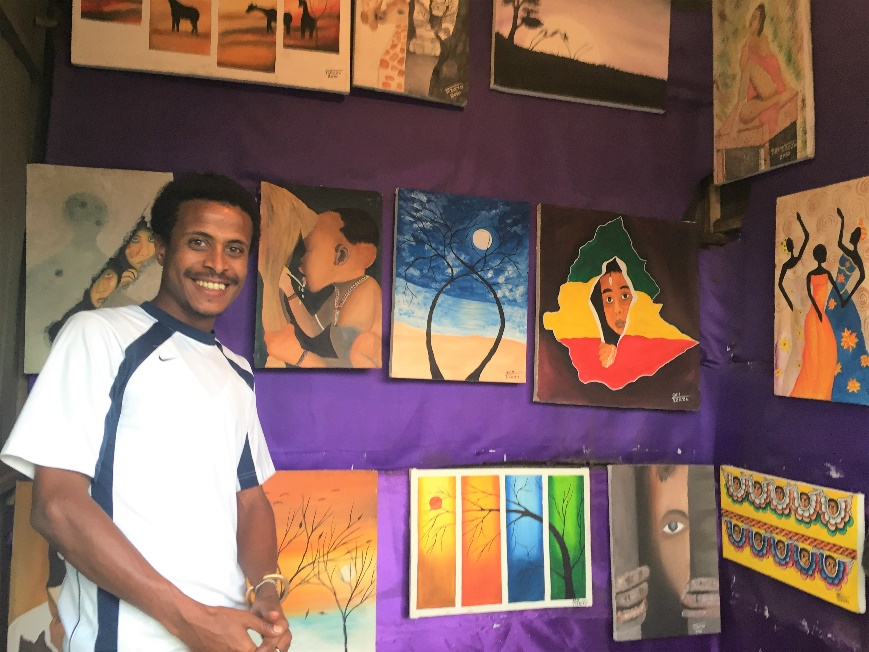
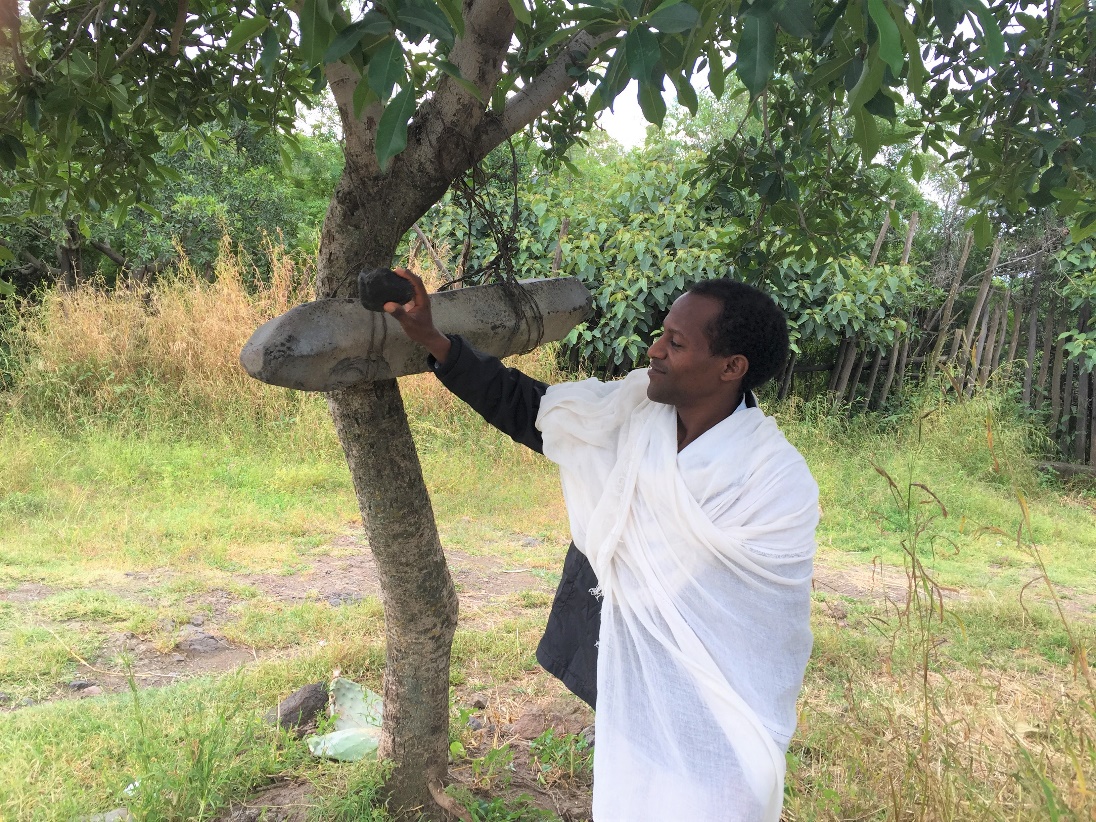
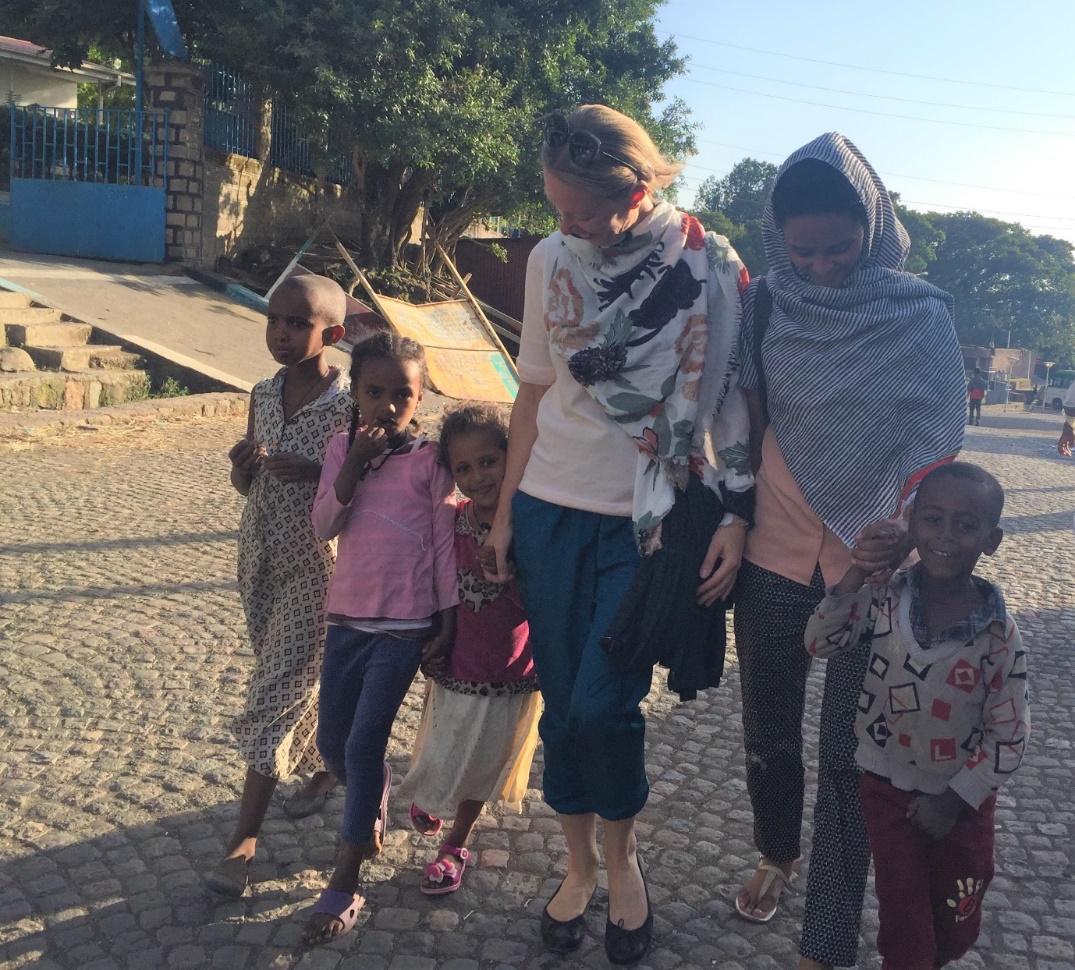

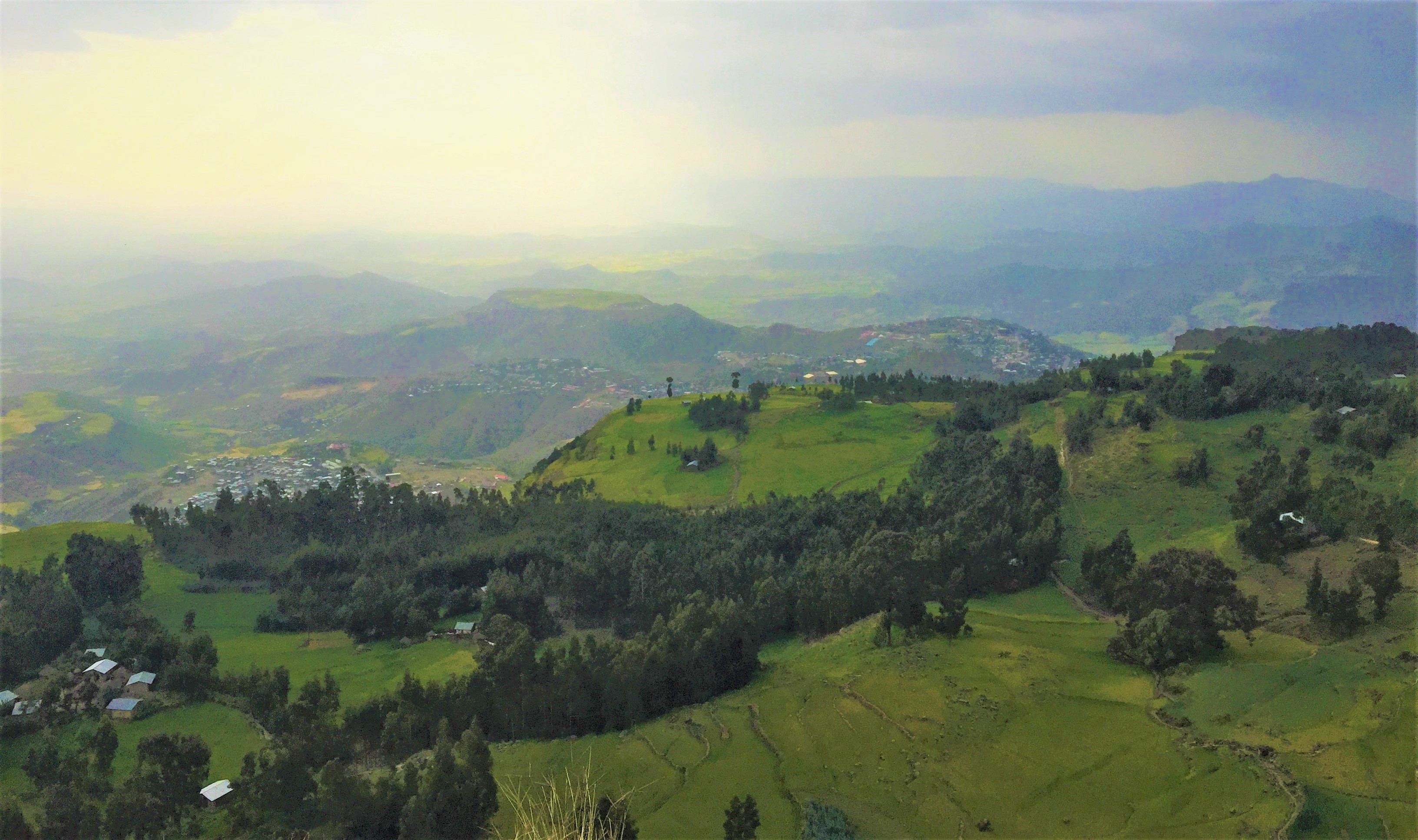
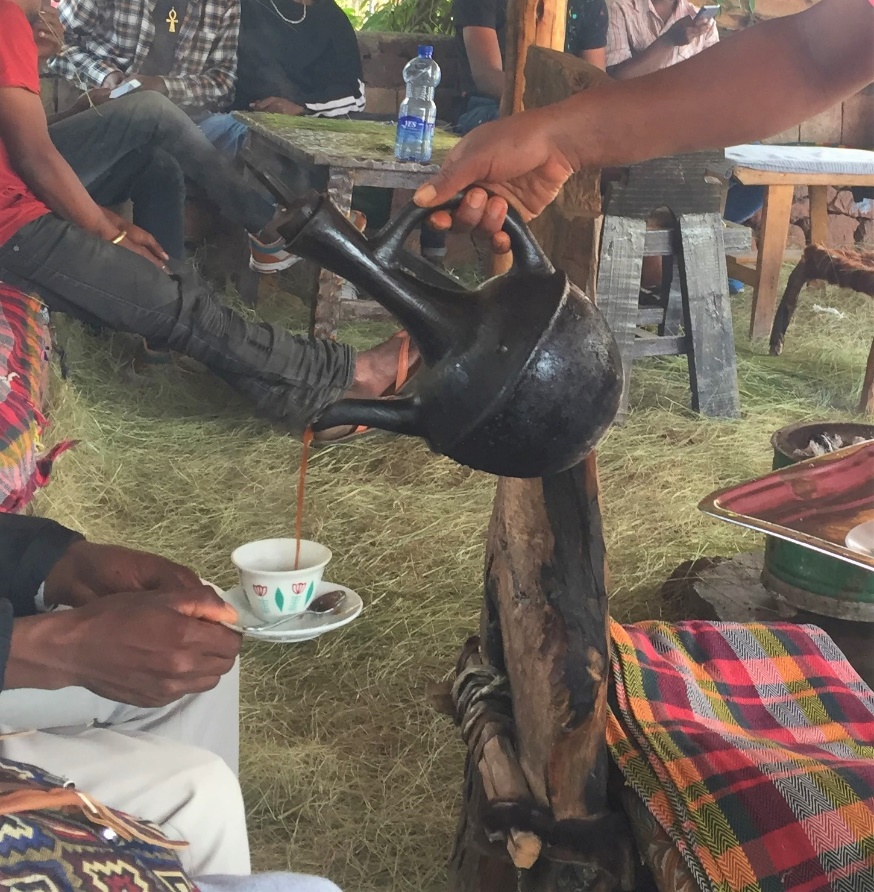

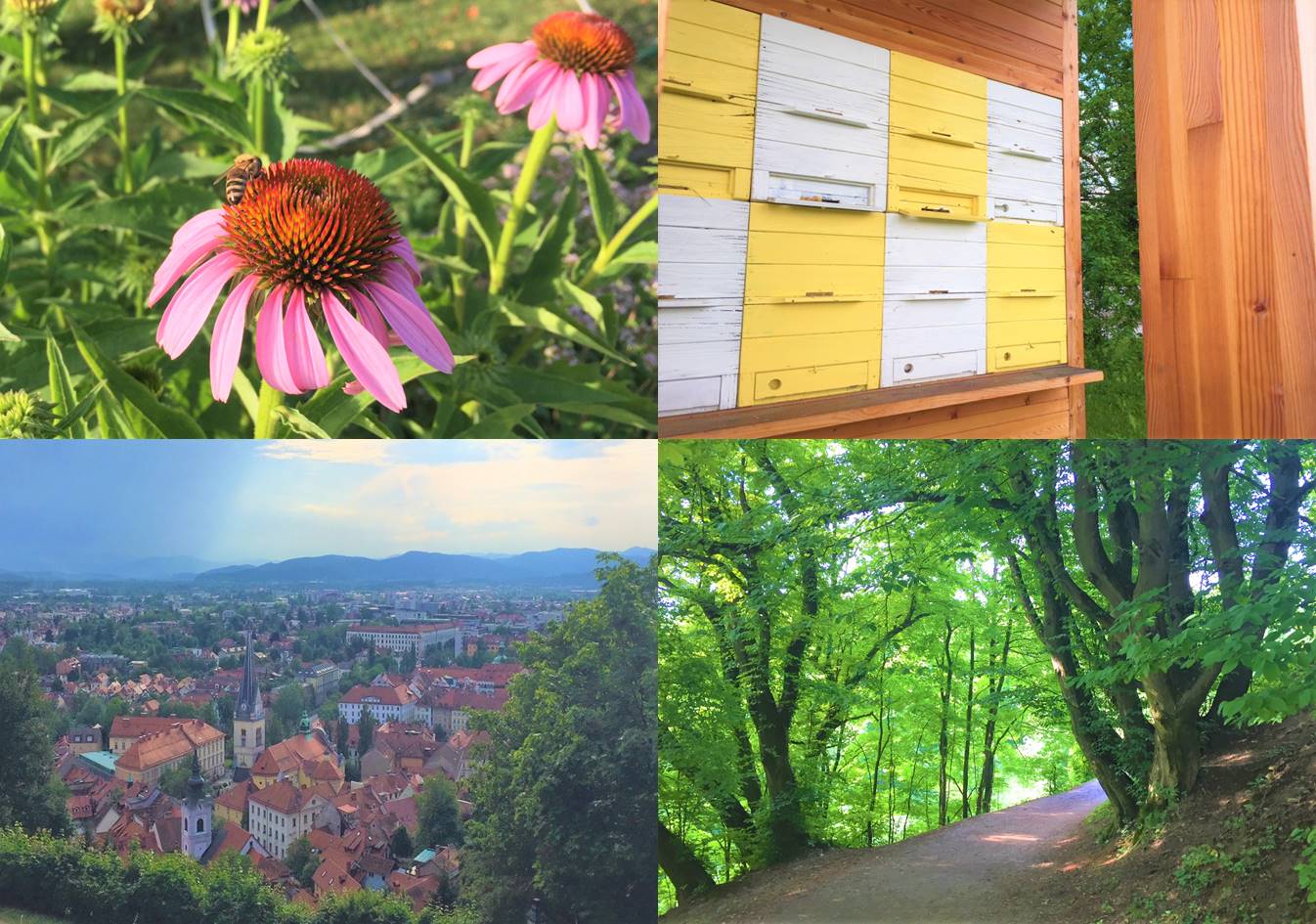



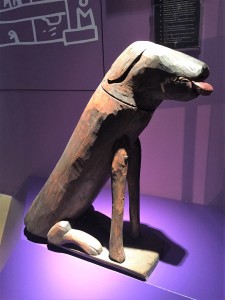








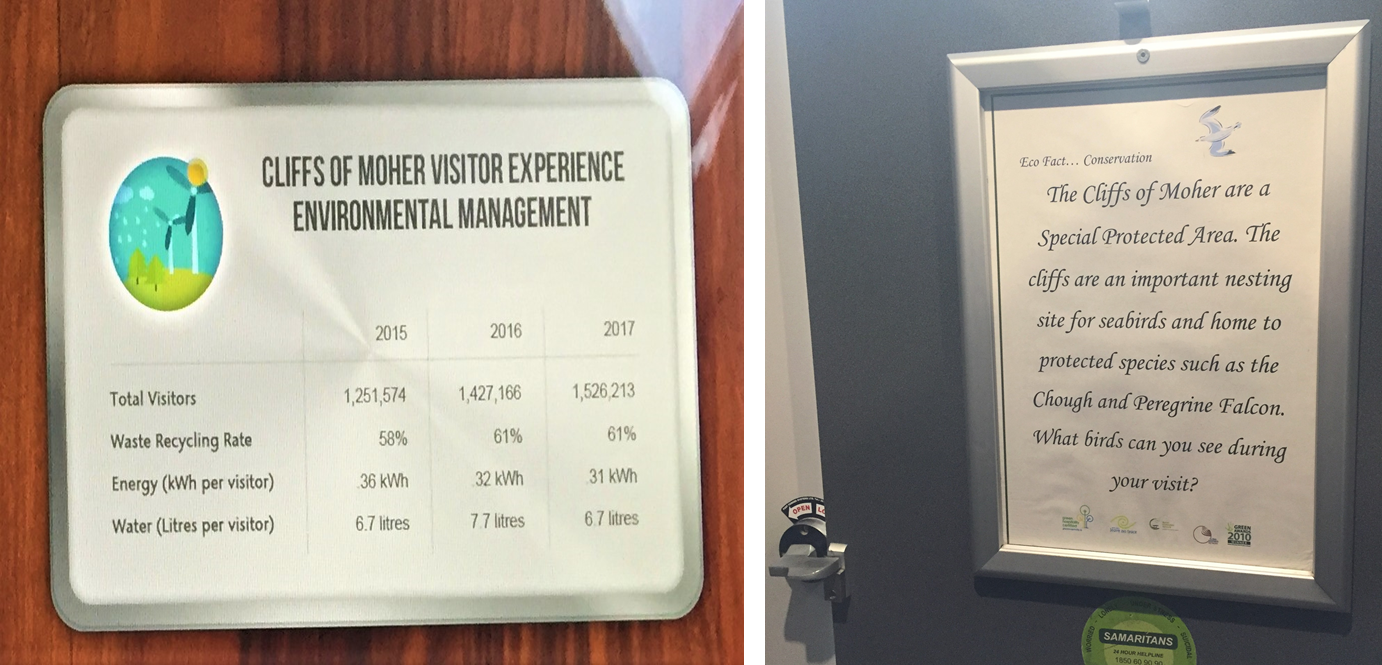
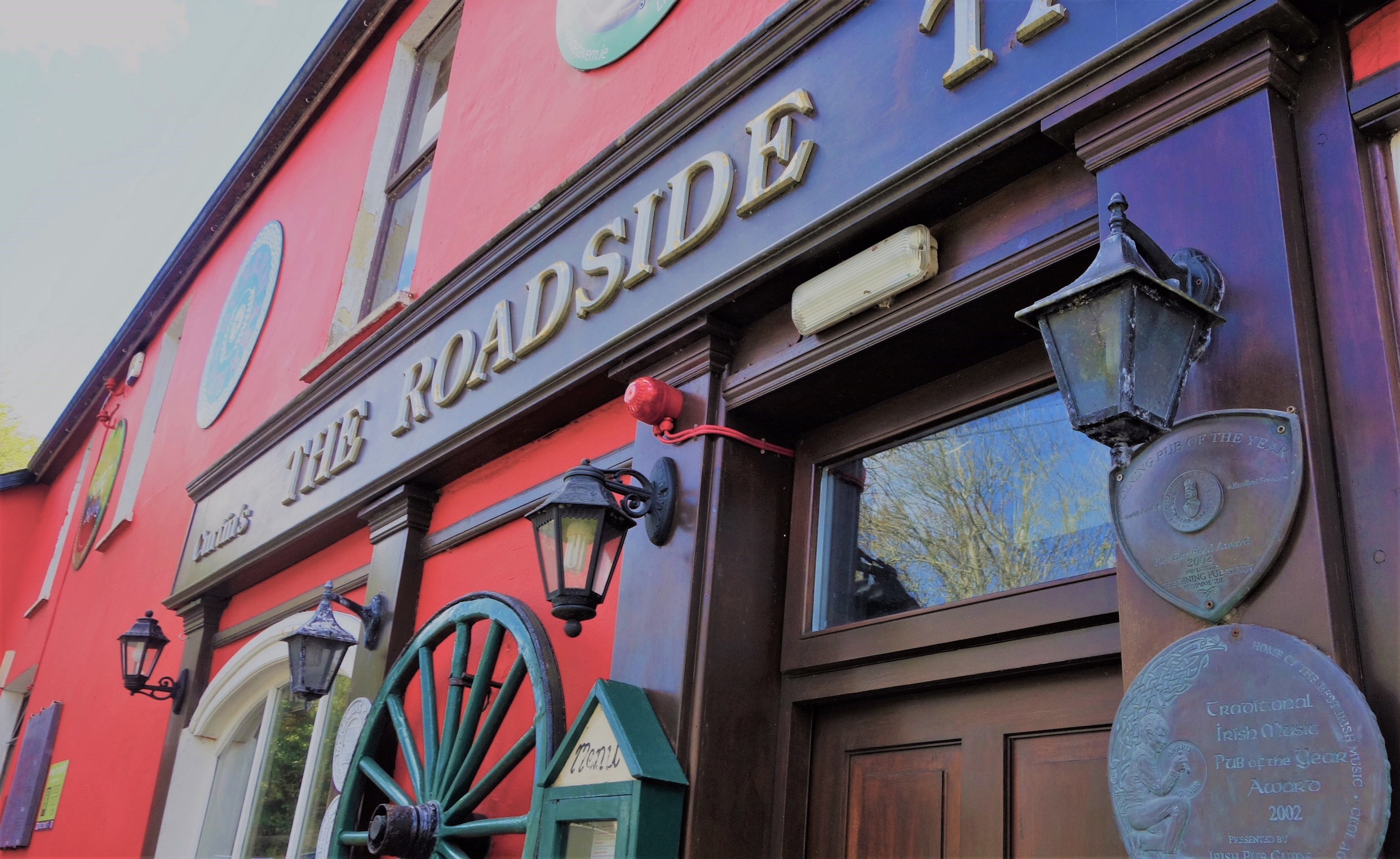
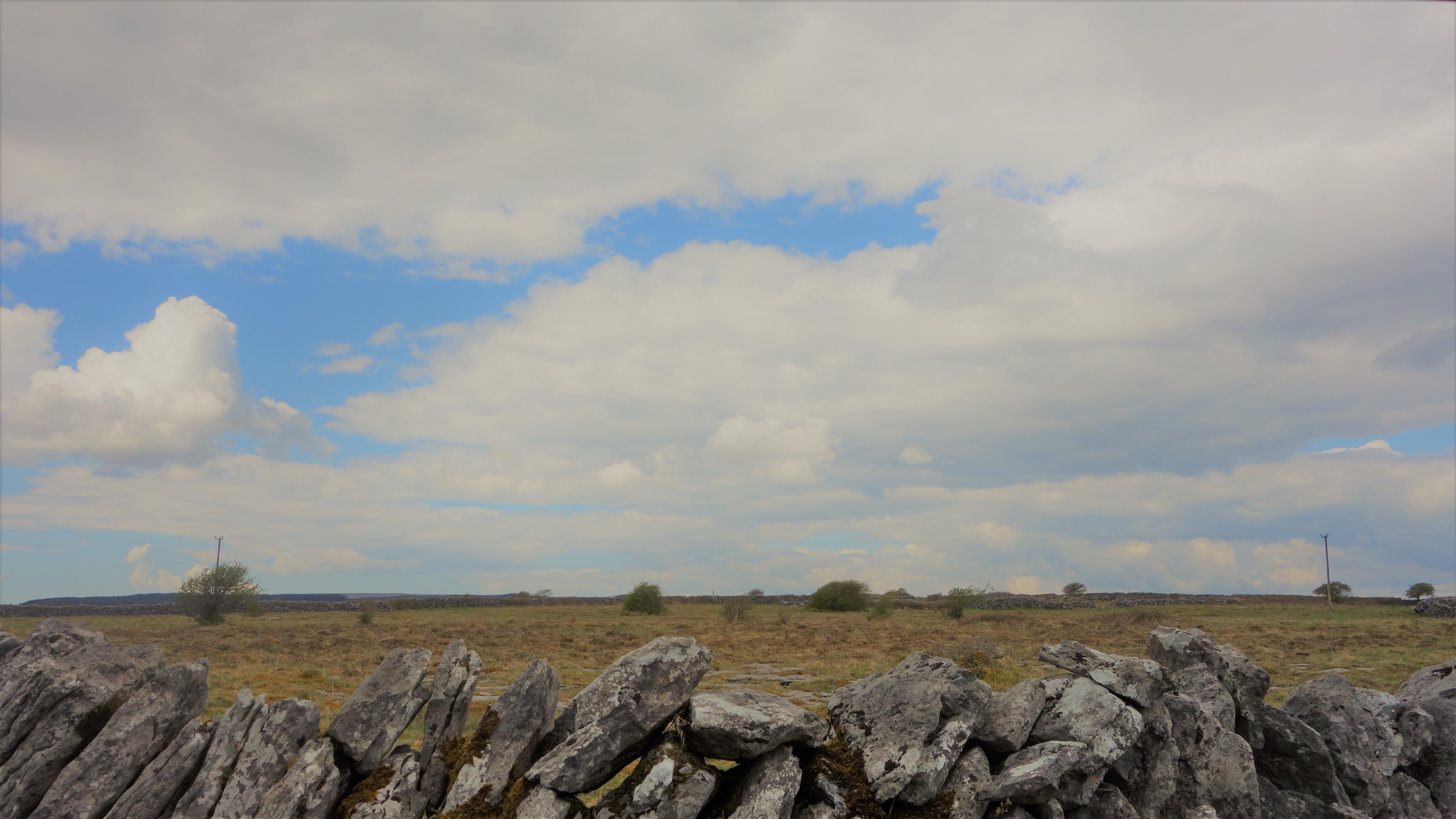




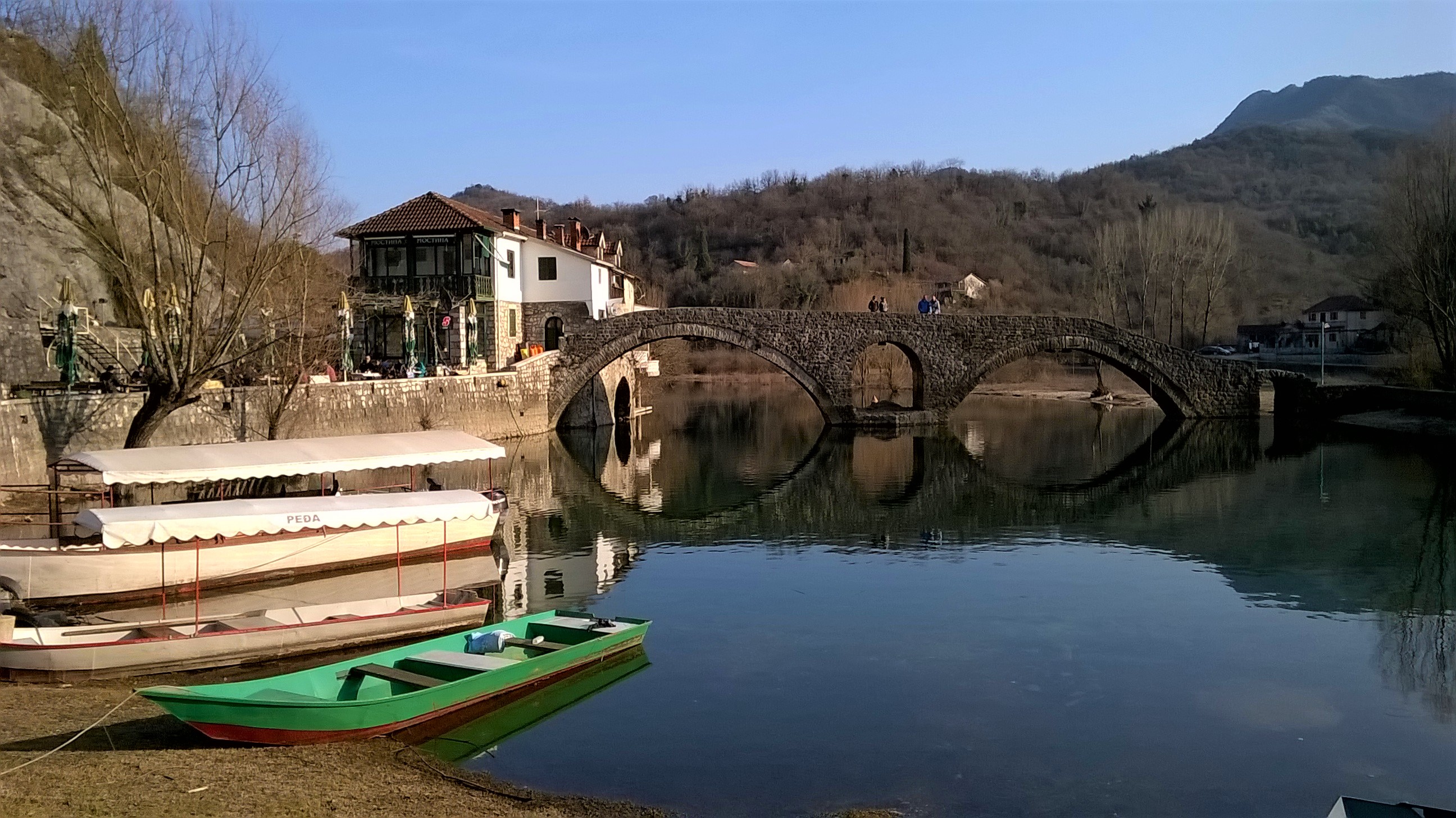

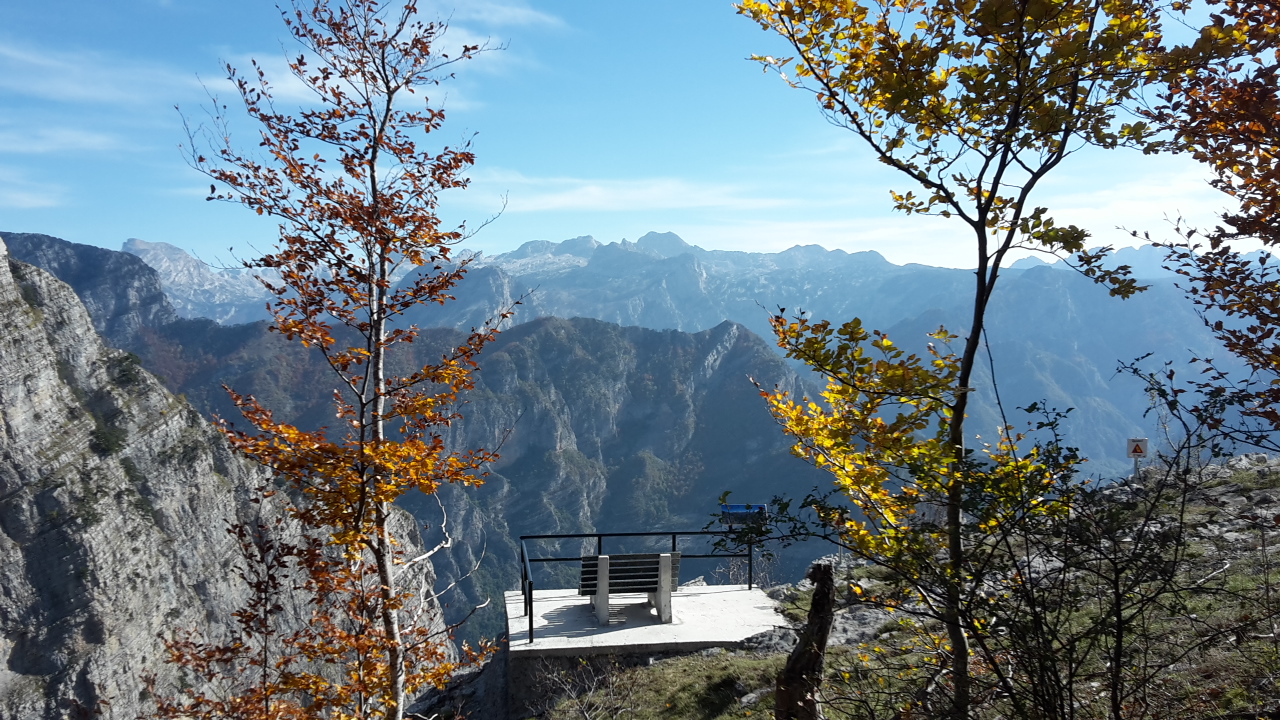
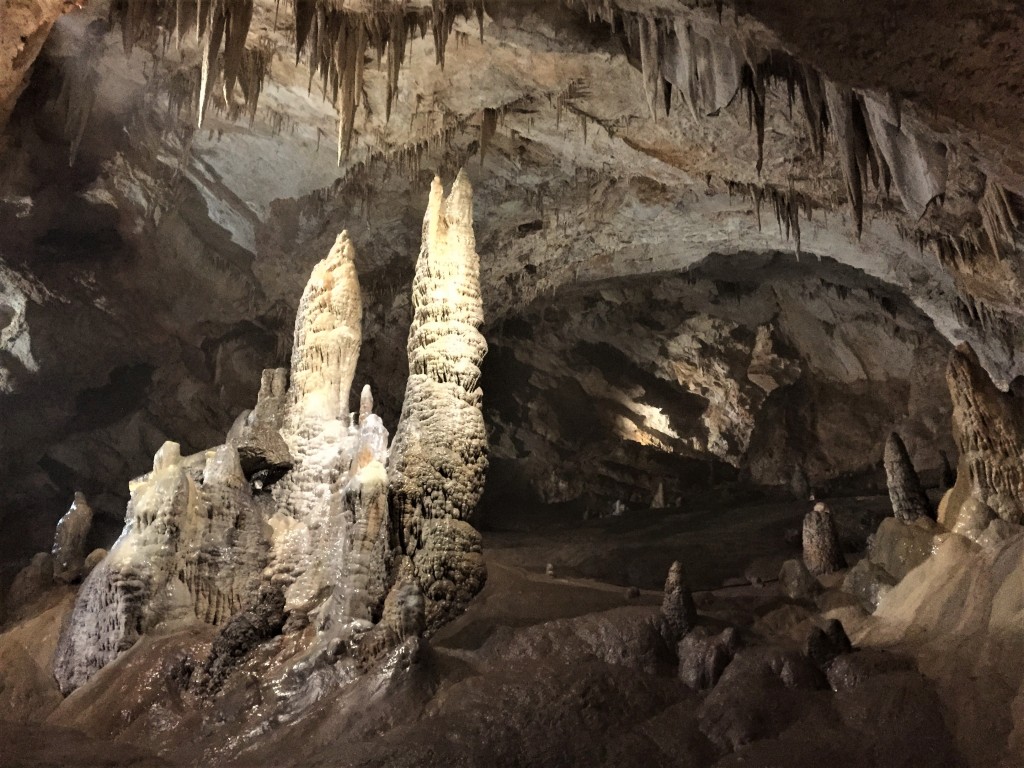 Lipa Cave; Photo by Tadeja L. Colnar
Lipa Cave; Photo by Tadeja L. Colnar